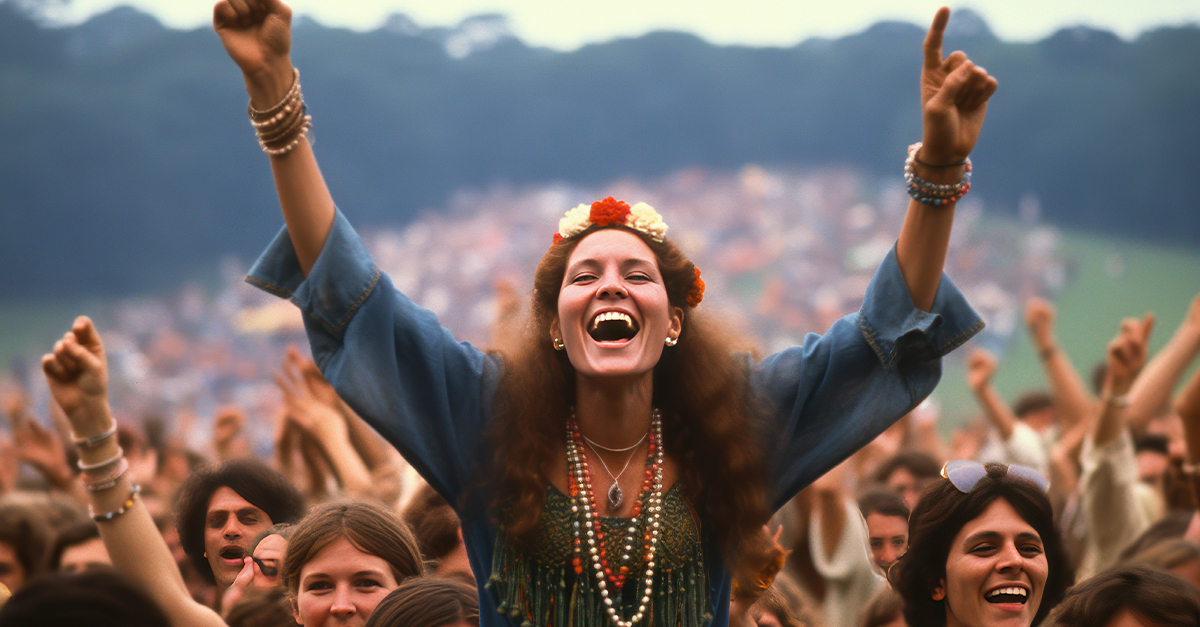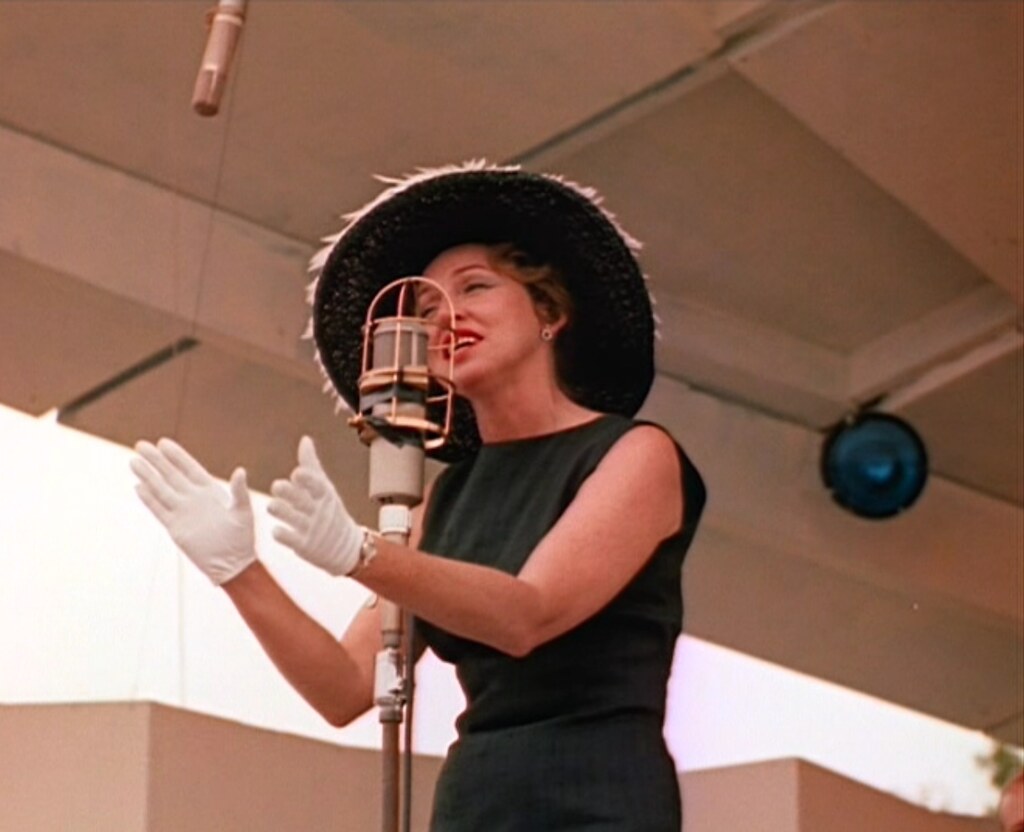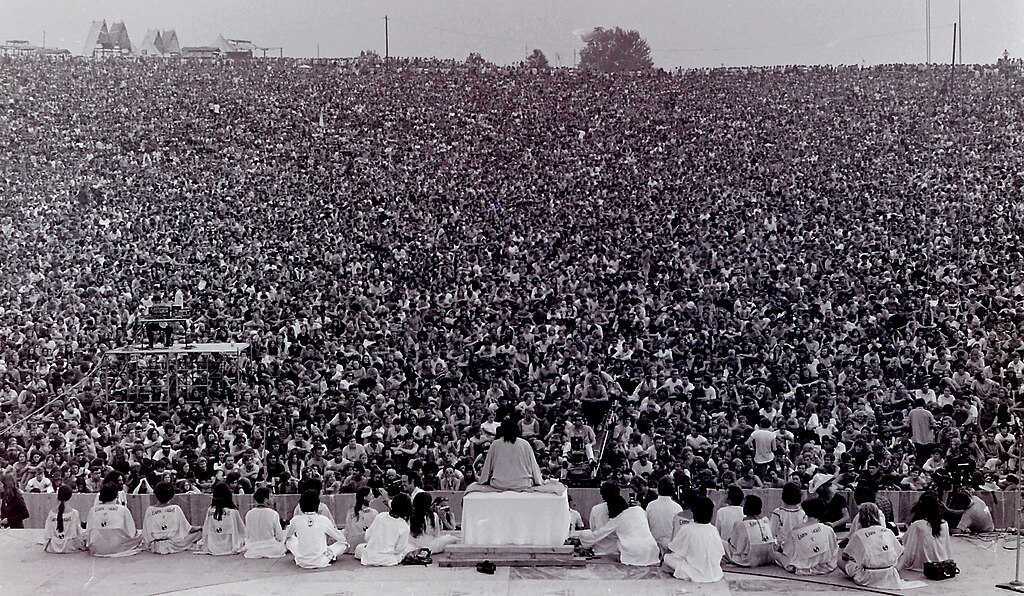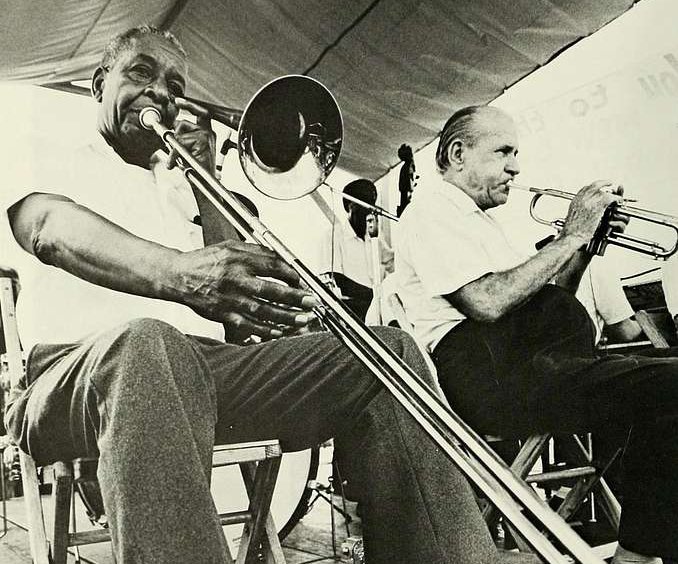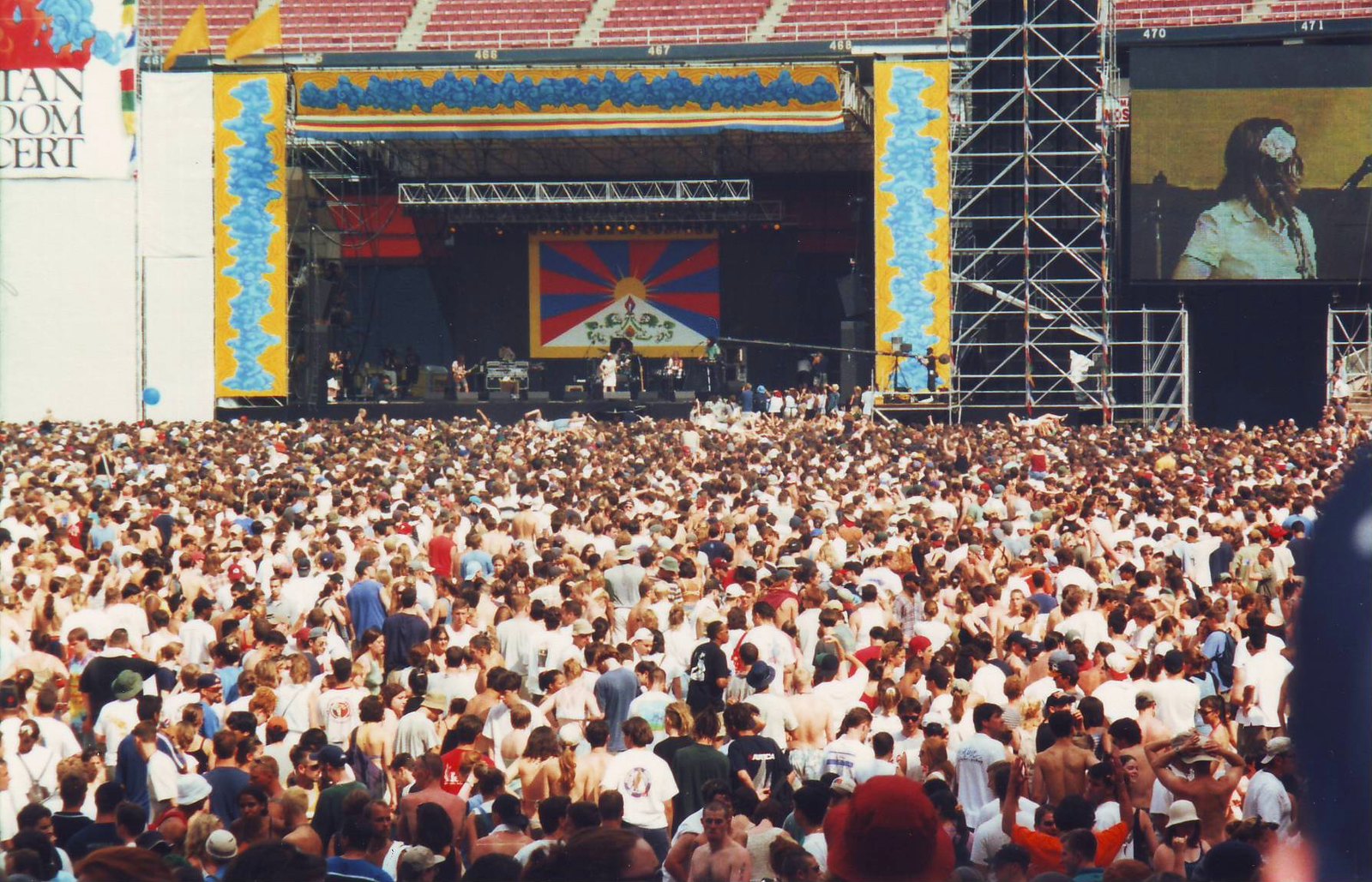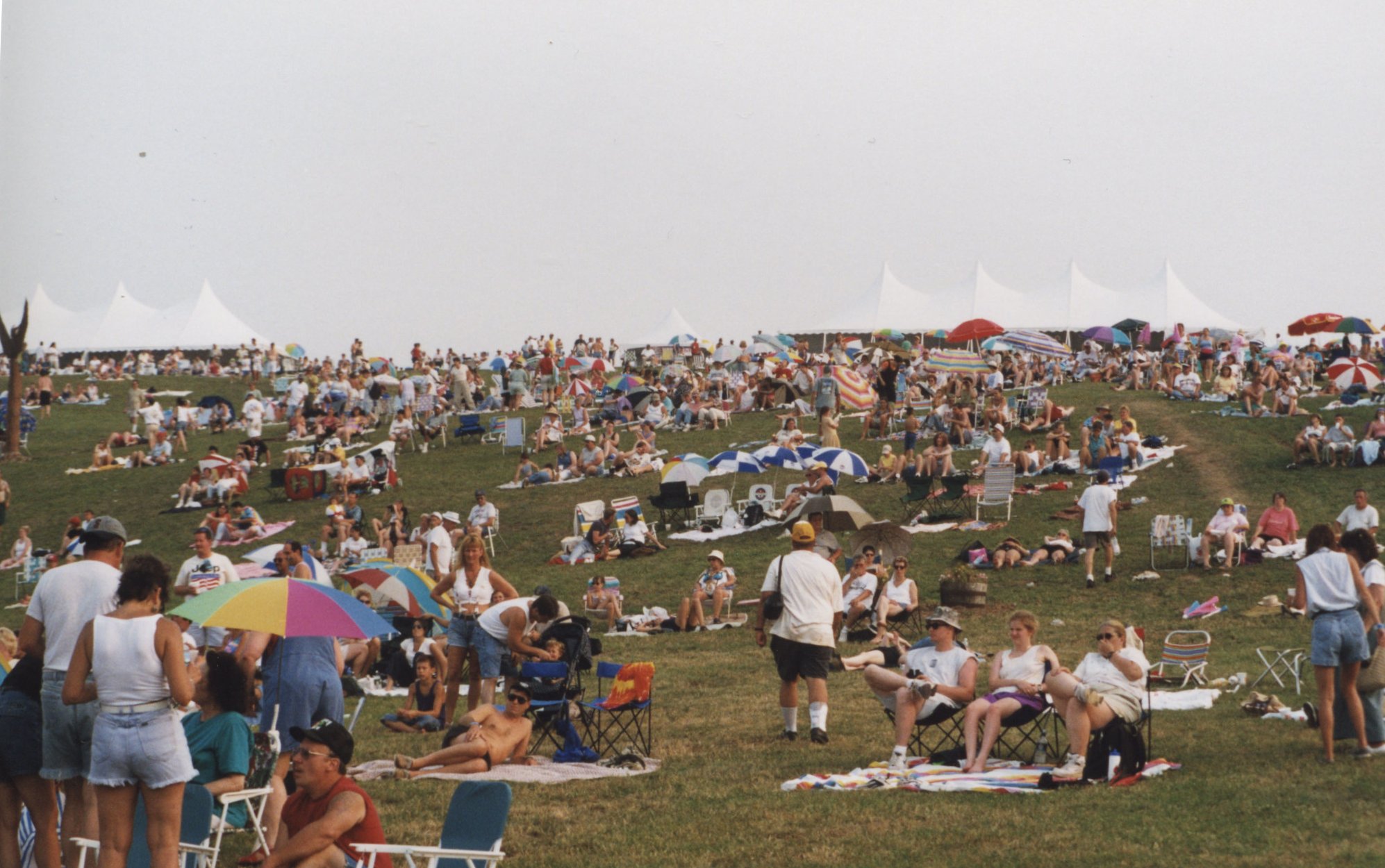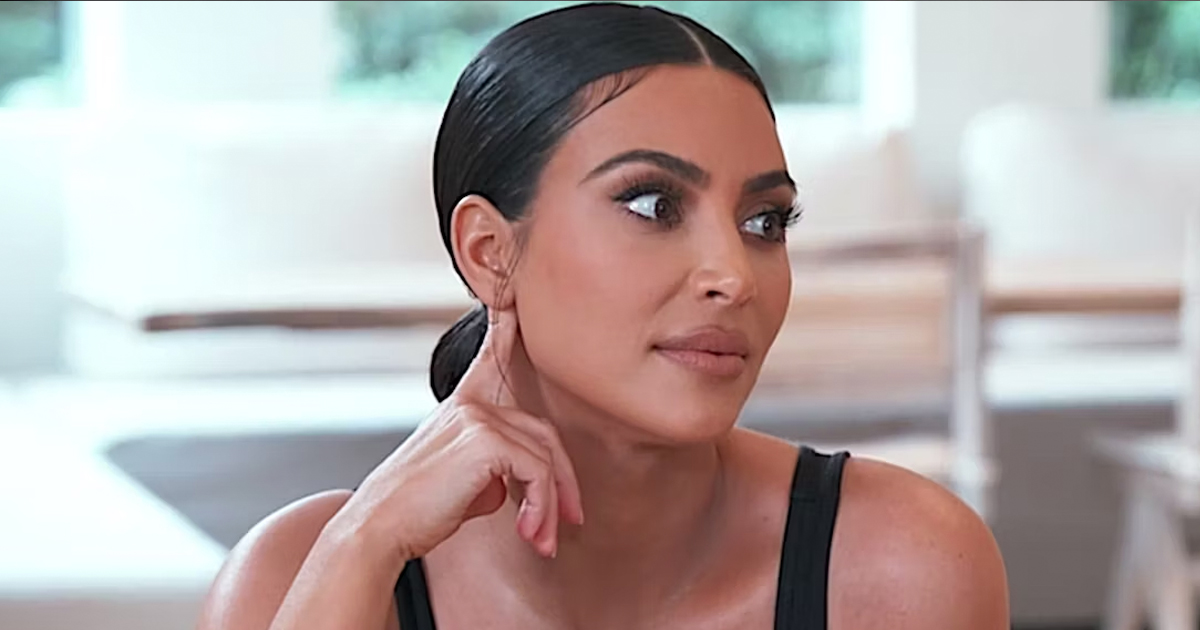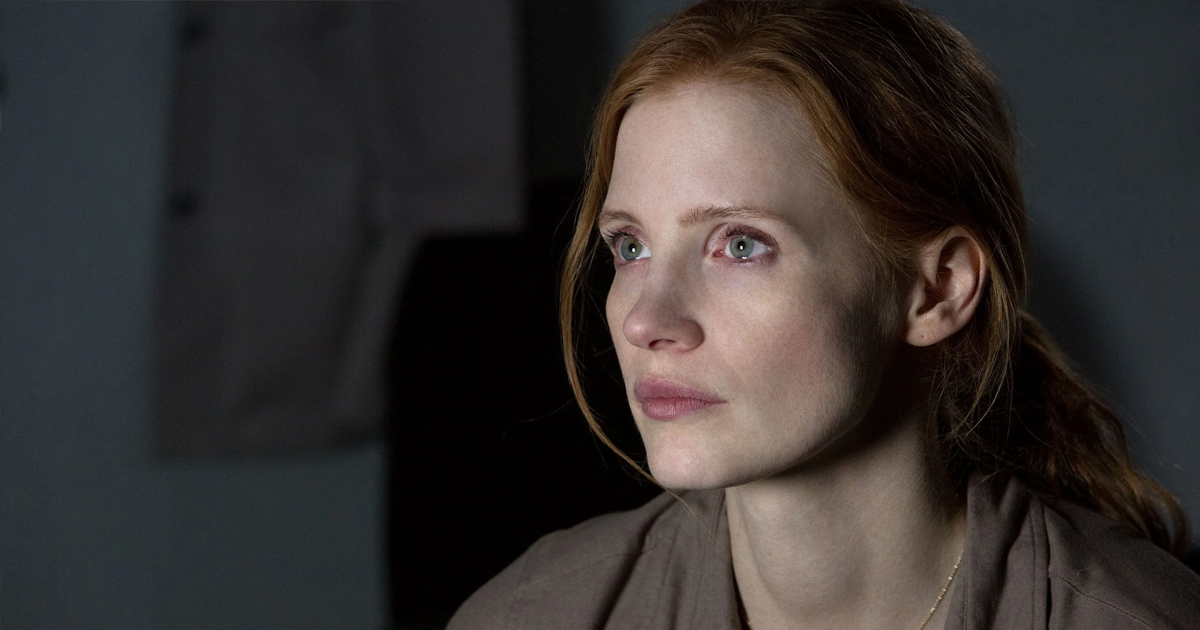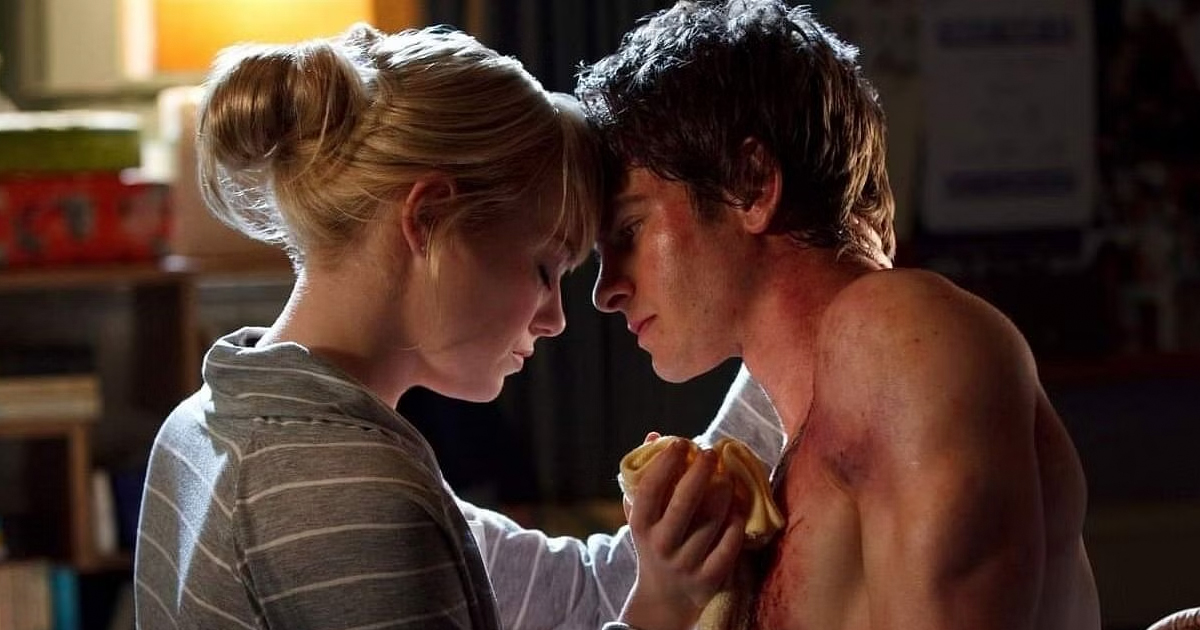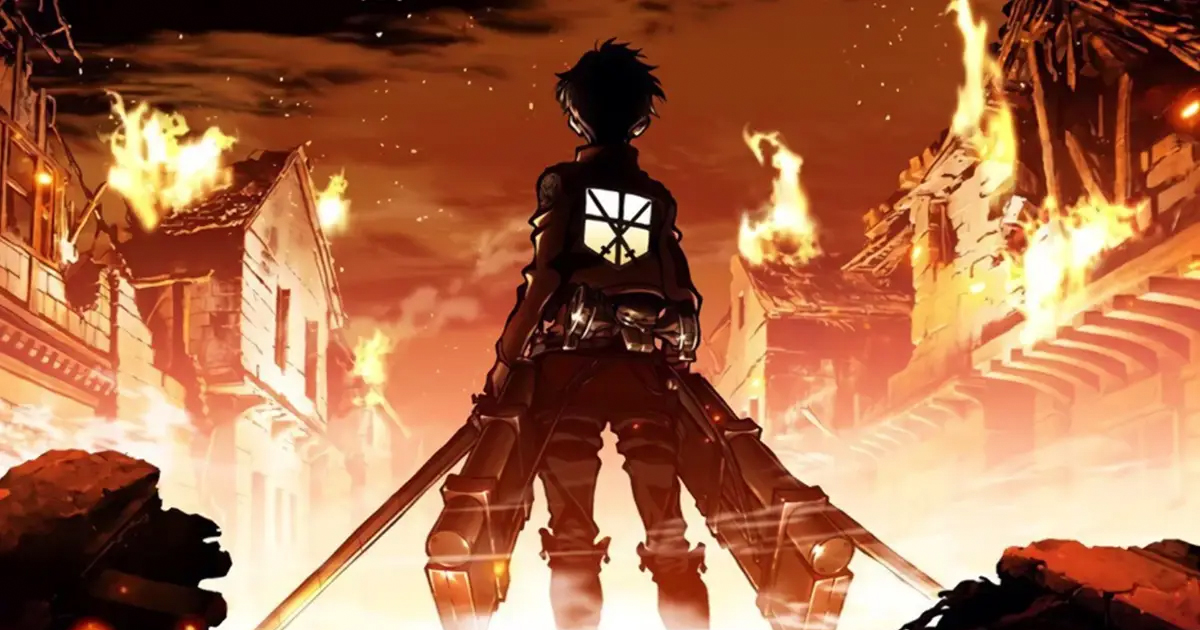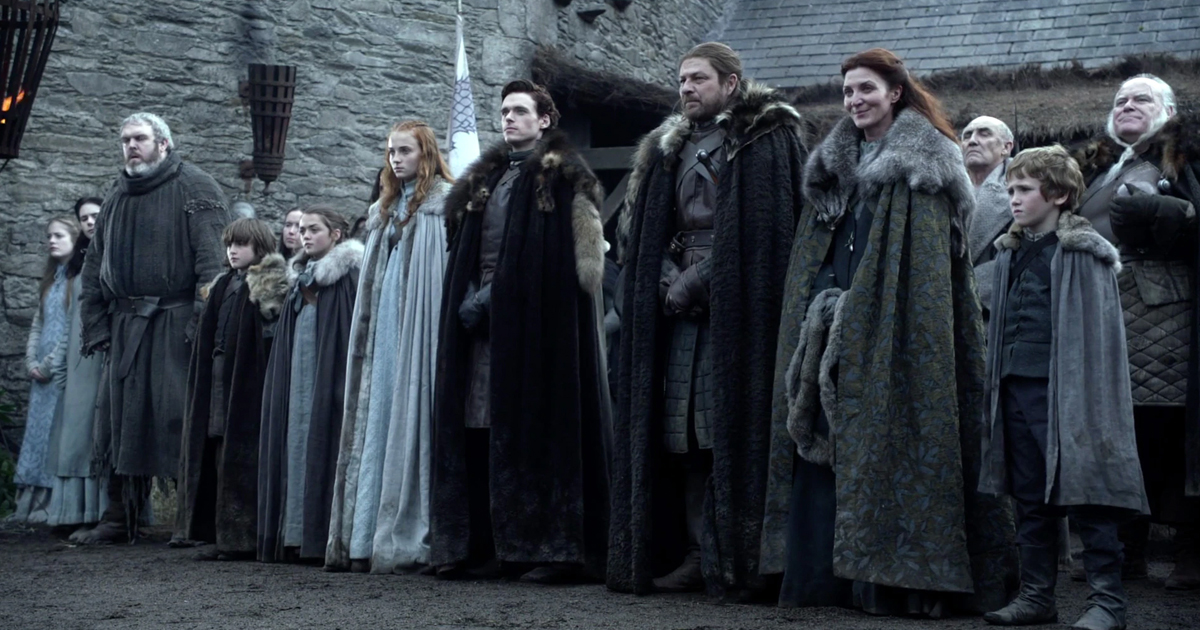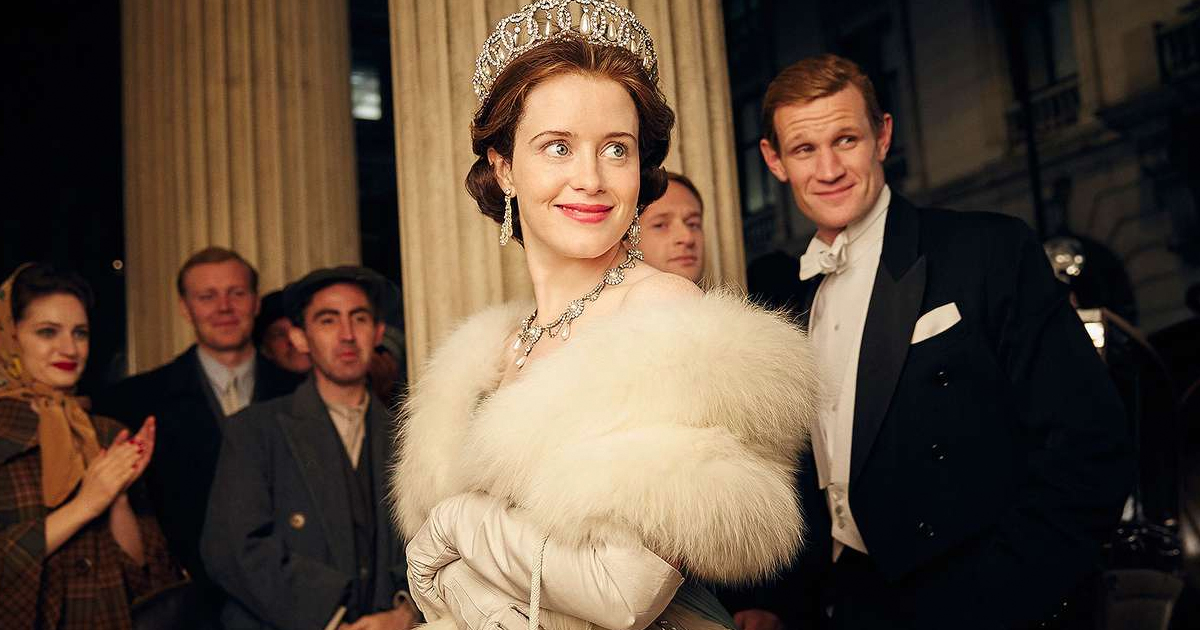The History Of Music Festivals
Music festivals are a mainstay of the industry. In the festival format, audiences can spend longer periods, sometimes days, watching performances that tend to be diverse. The festival circuit is also lucrative for performers and is valuable for new acts as well as for acts seeking comebacks. Here are some of the most important music festivals in history.
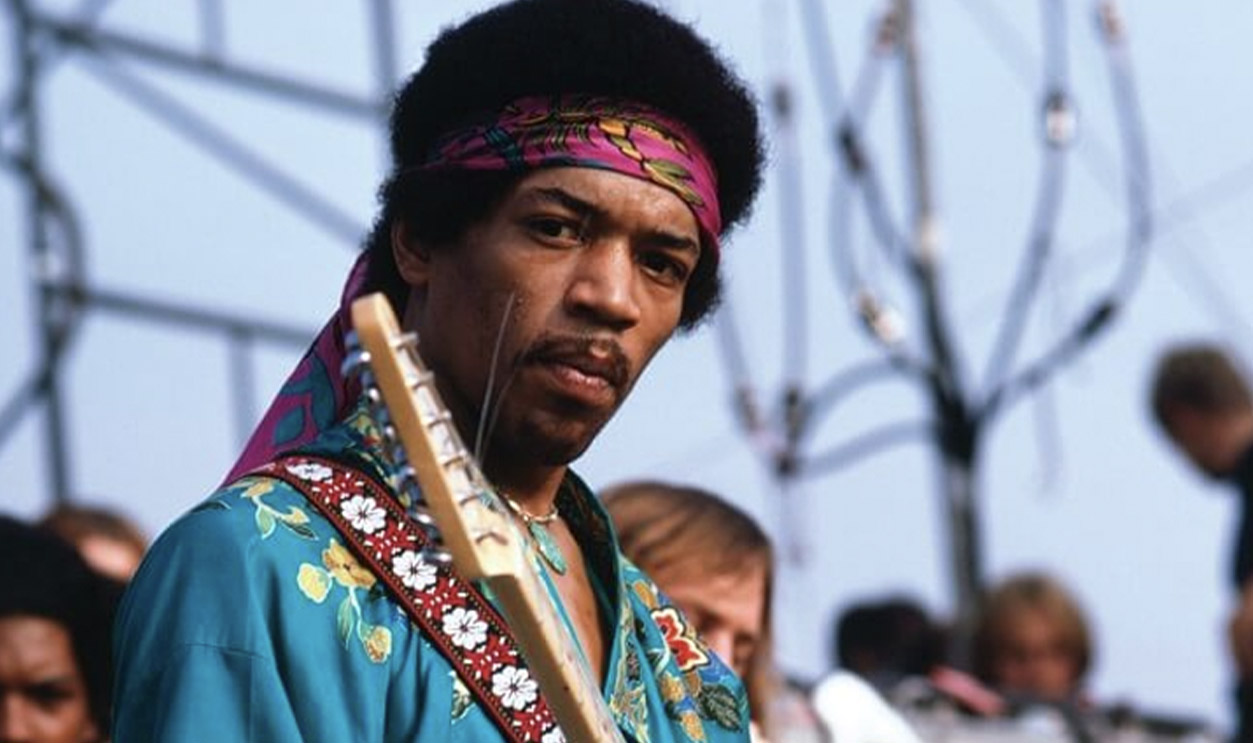
Newport Jazz Festival (1958)
For jazz purists, adding a rock ‘n’ roll performer such as Chuck Berry was sacrilege. Rock ‘n’ roll was still in its infancy and Chuck Berry’s performance of “School Days” and “Sweet Little Sixteen” was documented in Bert Stern’s film Jazz on a Summer Day.
Newport Folk Festival (1965)
While the Newport Jazz Festival saw a clash between rock and jazz, the Newport Folk Festival was witness to an even more critical confrontation. Known for his acoustic-based folk anthems, for the 1965 festival Bob Dylan went on stage with an electric guitar and a rock band backing him. Dylan was booed offstage after three songs.
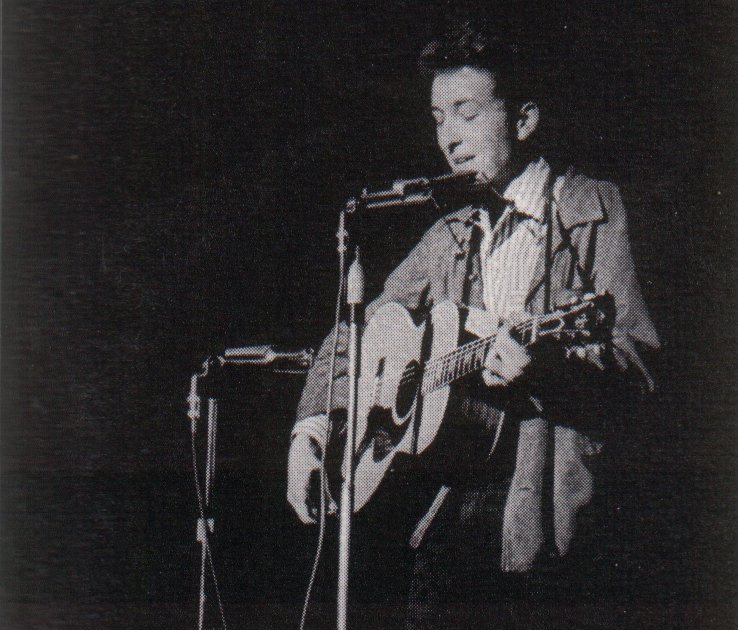 Unknown Artist, CC BY 2.0, Wikimedia Commons
Unknown Artist, CC BY 2.0, Wikimedia Commons
Monterey Pop Festival (1967)
Music festivals were the domain of serious music like jazz and folk but by 1967 those barriers were already broken by the critical and commercial success of the Beatles and an electrified Bob Dylan. The Monterey Pop Festival in 1967 showed the staying power of rock with a legendary lineup including The Who, Janis Joplin, Jefferson Airplane, and Otis Redding. It was Jimi Hendrix who made history with his groundbreaking appearance, famous for the smashing and burning of his guitar on stage.
Fantasy Fair And Magic Mountain Music Festival (1967)
Not as famous as the Monterey Pop Festival, the Fantasy Fair and Magic Mountain Music Festival was staged a week before Monterey. As such, it paved the way for rock music festivals, showing how they could work, with a crowd of 36,000 in attendance to see such diverse acts as The Doors, Jefferson Airplane, Captain Beefheart, Dionne Warwick and the 5th Dimension.
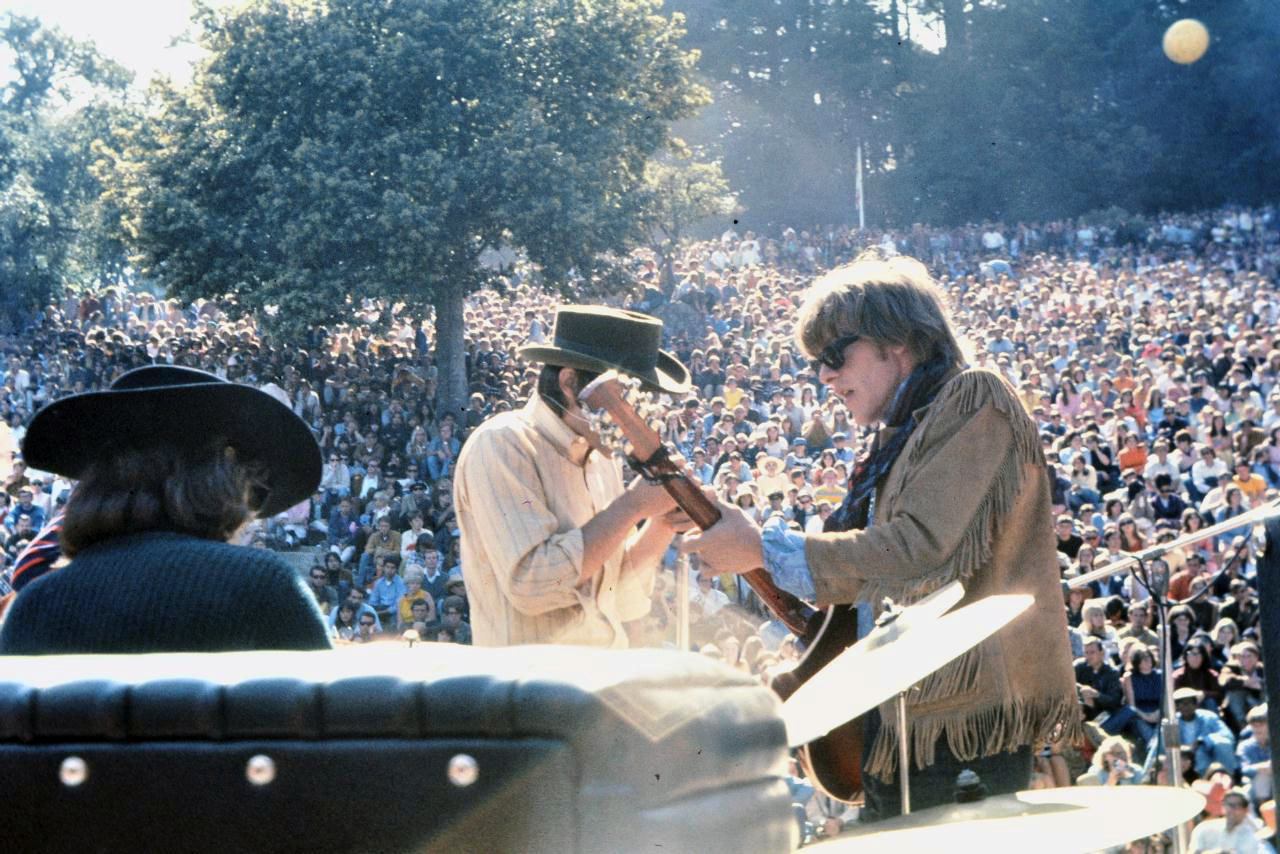 ryan Costales, CC BY-SA 3.0, Wikimedia Commons
ryan Costales, CC BY-SA 3.0, Wikimedia Commons
Miami Pop Festival (1968)
By 1968, rock music festivals were becoming common, and they began to be organized all through the United States, Canada, Britain and continental Europe. There were two Miami Pop Festivals, one in May 1968 featuring Jimi Hendrix arriving in a helicopter, while the other was staged in December of that year and featured Marvin Gaye, the original line-up of Fleetwood Mac, and Joni Mitchell.
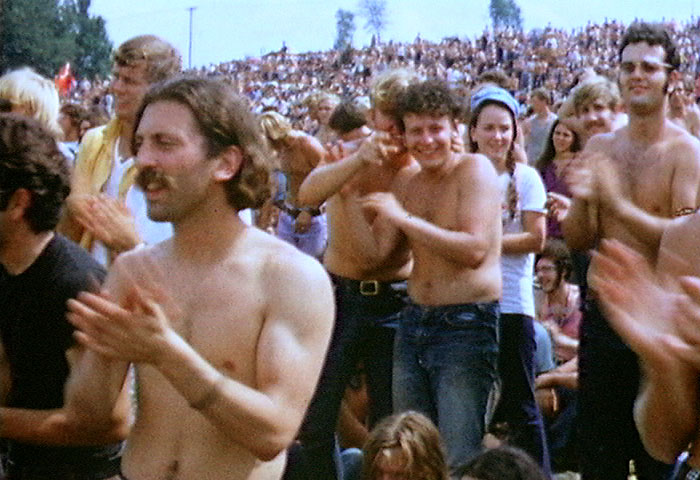 Derek Redmond, Paul Campbell, CC BY-SA 3.0, Wikimedia Commons
Derek Redmond, Paul Campbell, CC BY-SA 3.0, Wikimedia Commons
Northern California Folk-Rock Festival (1968)
Location became an important part of staging a music festival. Rather than annual festivals such as the Newport Jazz Festival, rock music festivals were often one-off with the setting being as important as the line-up. The 1968 Northern California Folk-Rock Festival included such acts as Jefferson Airplane and The Doors with an audience of around 28,000.
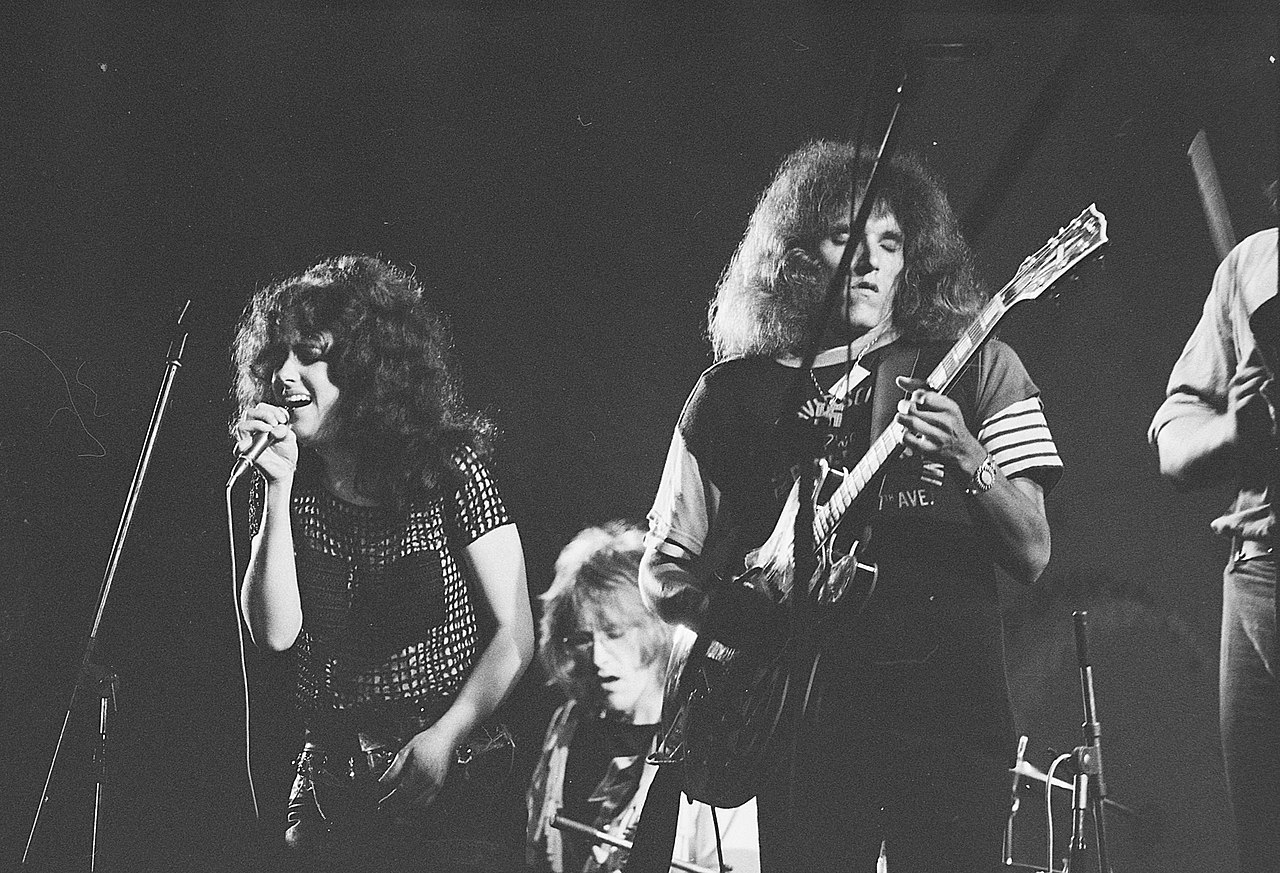 Fotoburo De Boer, CC0, Wikimedia Commons
Fotoburo De Boer, CC0, Wikimedia Commons
Woodstock Music & Art Fair (1969)
This was the big one, the festival that went down in history with over half a million in the audience. Lasting three days, the festival was met with rain and mud, a lack of proper facilities, bands not being paid, drug problems, and even one birth. With legendary performances by The Who, Janis Joplin, and The Jimi Hendrix Experience, Woodstock set the tone for all music festivals to follow.
Toronto Rock And Roll Revival (1969)
A smaller event than some of the others, the Toronto Rock and Roll Revival nevertheless had one unique draw: the performance of an actual Beatle. A diverse lineup of rock, blues and soul artists, including Bo Diddley, Chicago, Junior Walker and the All Stars, Alice Cooper, and Chuck Berry, it was John Lennon’s appearance with his new side project Plastic Ono Band that made the festival legendary. His first live performance since The Beatles ceased touring in 1966, Lennon’s set was immortalized in the live album Live Peace in Toronto in 1969.
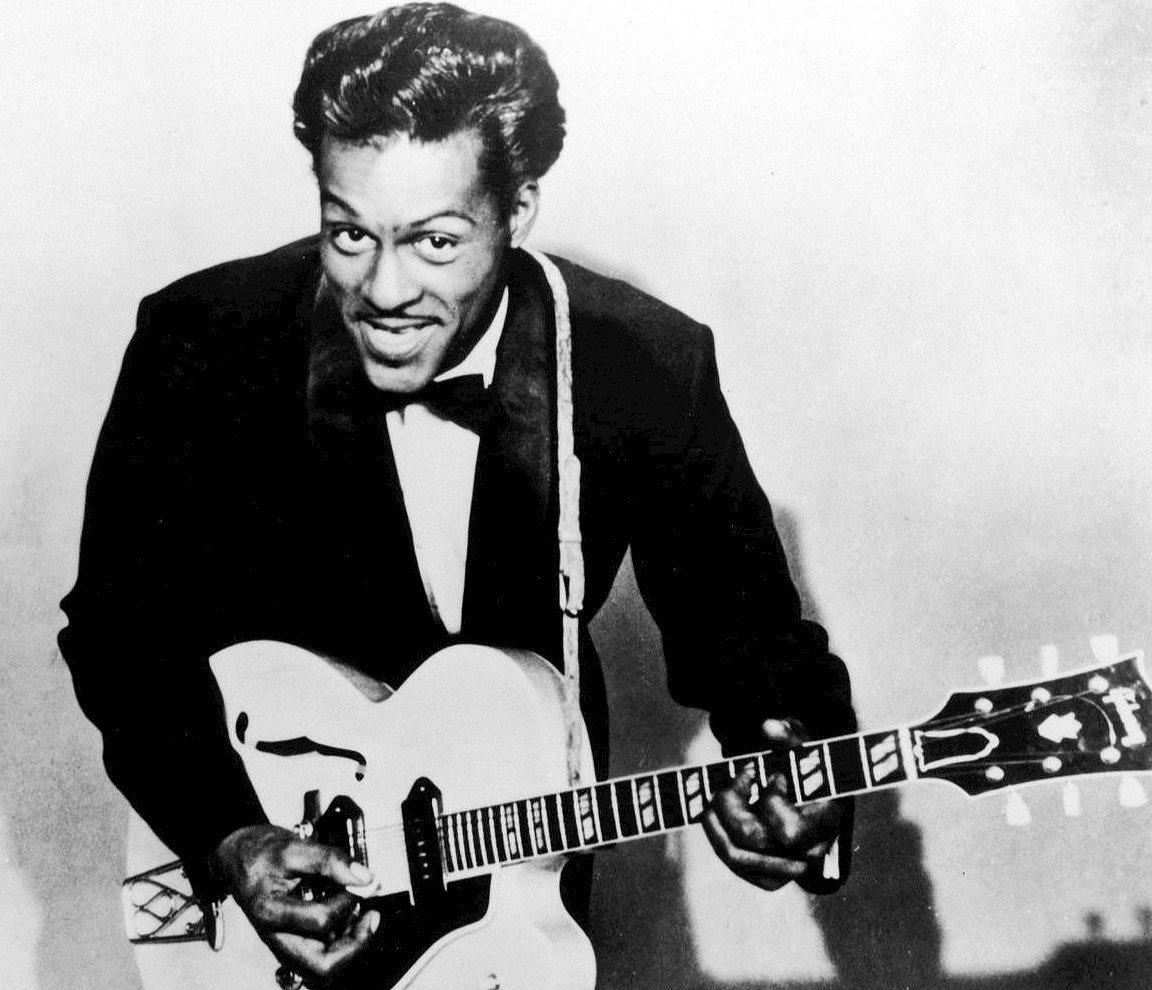 Universal Attractions, Wikimedia Commons
Universal Attractions, Wikimedia Commons
Isle Of Wight (1970)
The Isle of Wight festival in the UK was at the time not just the largest music festival up until that time, but also supposedly the largest peaceful gathering of humans in history. There were 600,000 people in attendance to watch acts such as Chicago, The Who, Joni Mitchell, Sly and the Family Stone, and jazz legend Miles Davis.
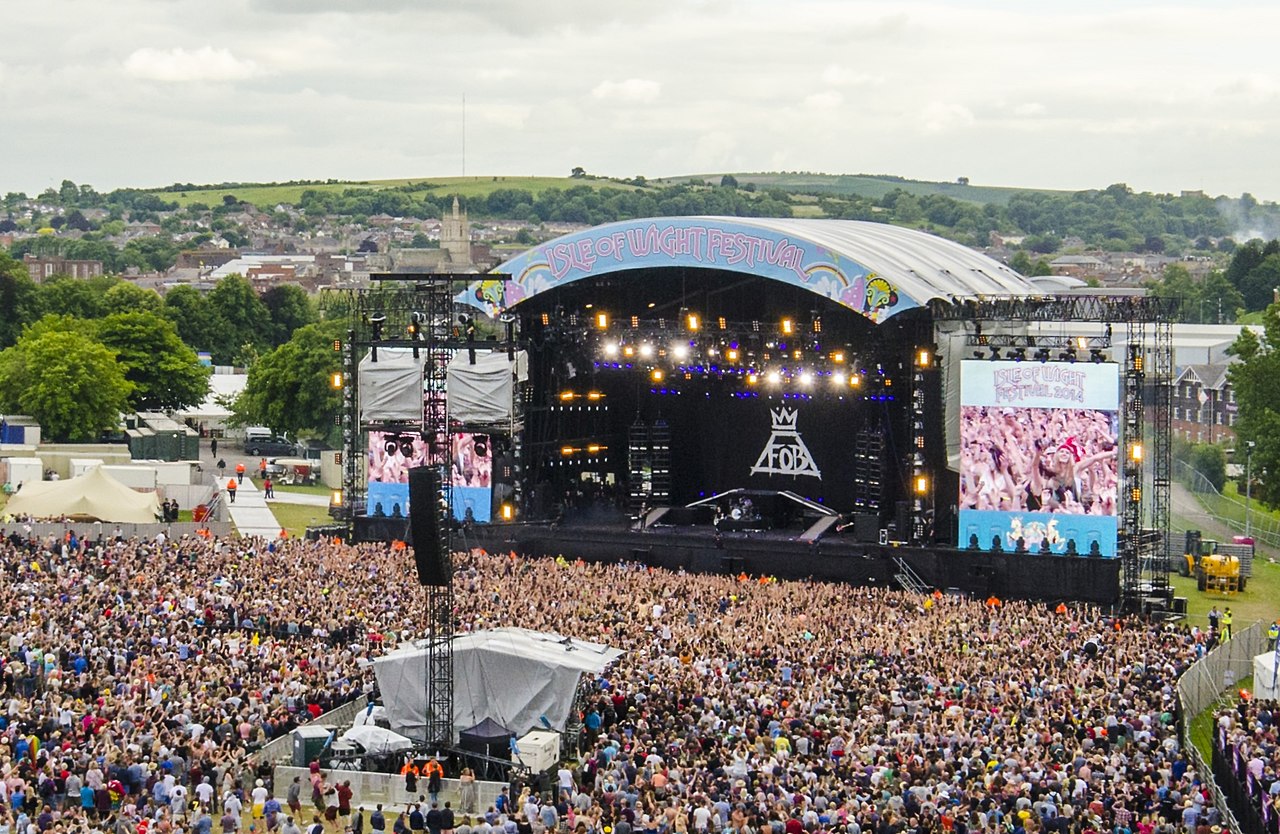 Liz Murray, CC BY-SA 4.0, Wikimedia Commons
Liz Murray, CC BY-SA 4.0, Wikimedia Commons
New Orleans Jazz & Heritage Festival (1970)
An annual festival that celebrates the culture, music and cuisine of Louisiana, the New Orleans Jazz & Heritage Festival, or Jazz Fest as it’s commonly called, focuses on jazz. The 1970 edition was the first and it featured Duke Ellington, Mahalia Jackson, Fats Domino, and The Preservation Hall Band.
Glastonbury (1971)
An annual festival that is one of the key performance events for both new and established acts, the Glastonbury Festival started small in 1970 with 1,500 in attendance. By 1971, the attendance grew to 12,000 and Glastonbury established itself as a key part of the festival circuit, featuring David Bowie, Hawkwind, Traffic, and Fairport Convention.
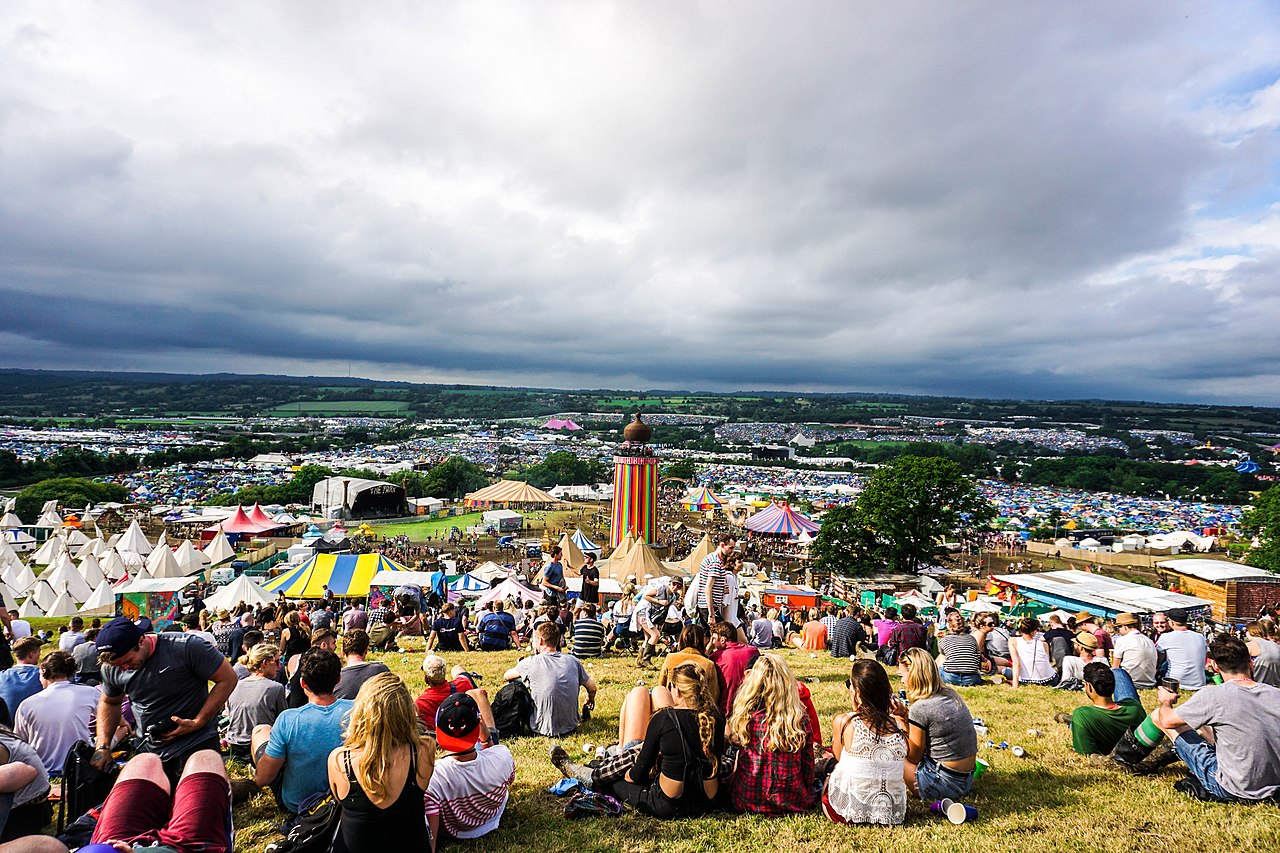 Czampal, CC BY-SA 4.0, Wikimedia Commons
Czampal, CC BY-SA 4.0, Wikimedia Commons
Astrodome Jazz Festival (1973)
There were two Astrodome Jazz Festivals, both of which took place in Houston, Texas. Emphasizing both jazz and soul, the second edition featured Ella Fitzgerald, Aretha Franklin, Stevie Wonder, and Ray Charles. Although jazz festivals could not rival rock festivals in attendance, they remain an important aspect of live jazz performances.
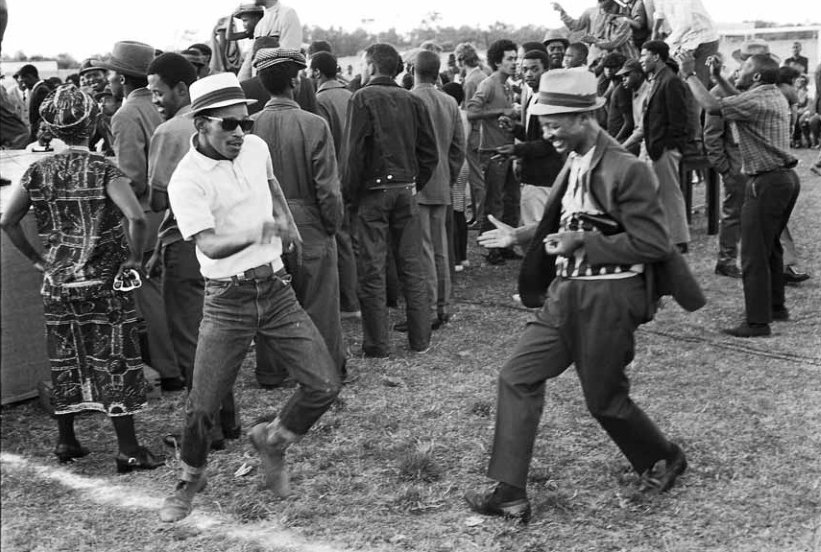 George Hallett, CC BY-SA 3.0, Wikimedia Commons
George Hallett, CC BY-SA 3.0, Wikimedia Commons
Summer Jam At Watkins Glen (1973)
A festival in the small town of Watkins Glen in upstate New York, with its location and size, Summer Jam at Watkins Glen became a sort of Woodstock II, with performances by the Allman Brothers Band, Grateful Dead and The Band. There was no security and over 600,000 people attended the festival, most without paying. Located at a raceway, the crowds overwhelmed the town.
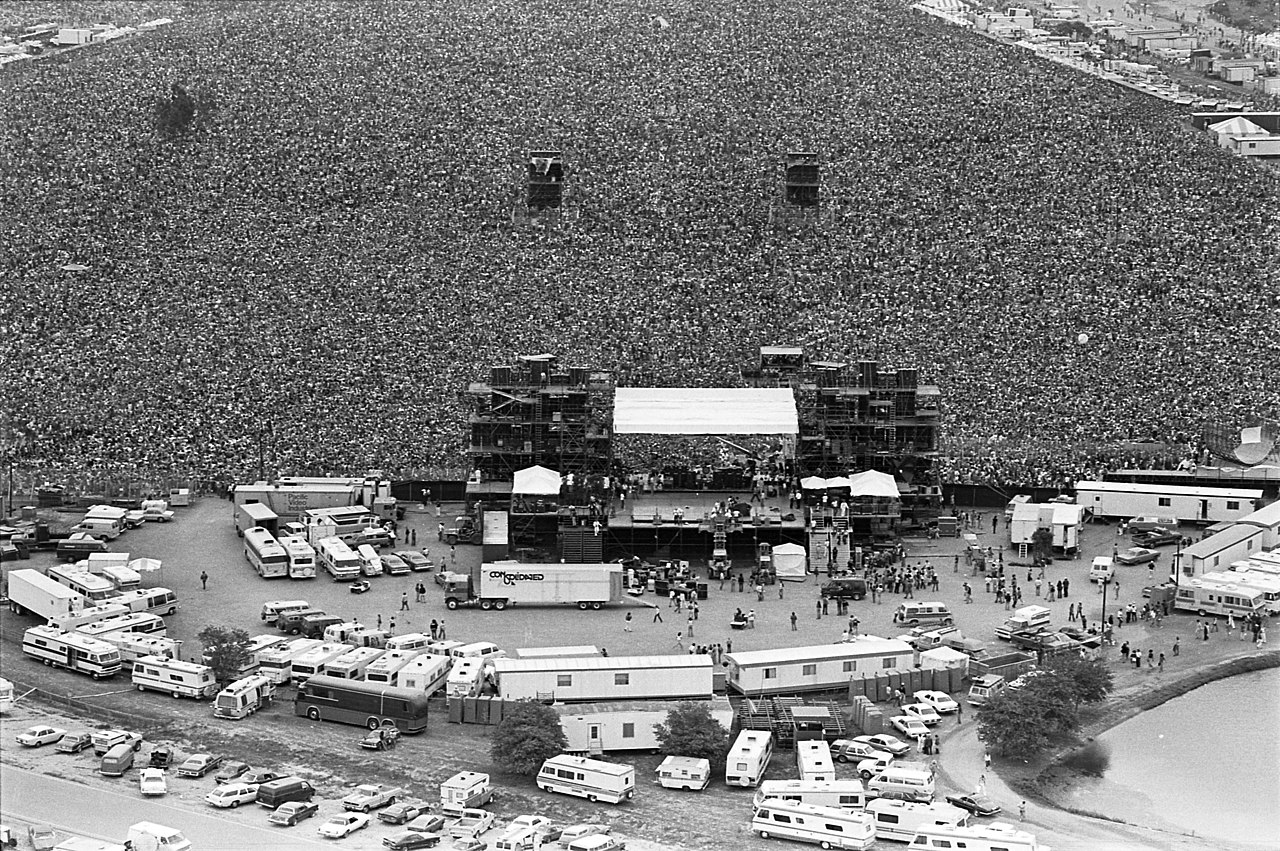 George Rose, CC BY 4.0, Wikimedia Commons
George Rose, CC BY 4.0, Wikimedia Commons
Ozark Music Festival (1974)
Again, the location became a pivotal aspect of rock festivals, with festivals taking place outside the usual markets and major cities. The Ozark Music Festival took place at the Missouri State Fairgrounds in Sedalia with over 350,000 people attending, far more than the location could support. Performers included the Eagles, America, Aerosmith, and Blue Oyster Cult and a Missouri State Senate Committee toured the aftermath of the festival due to concerns over garbage, drug use and overcrowding.
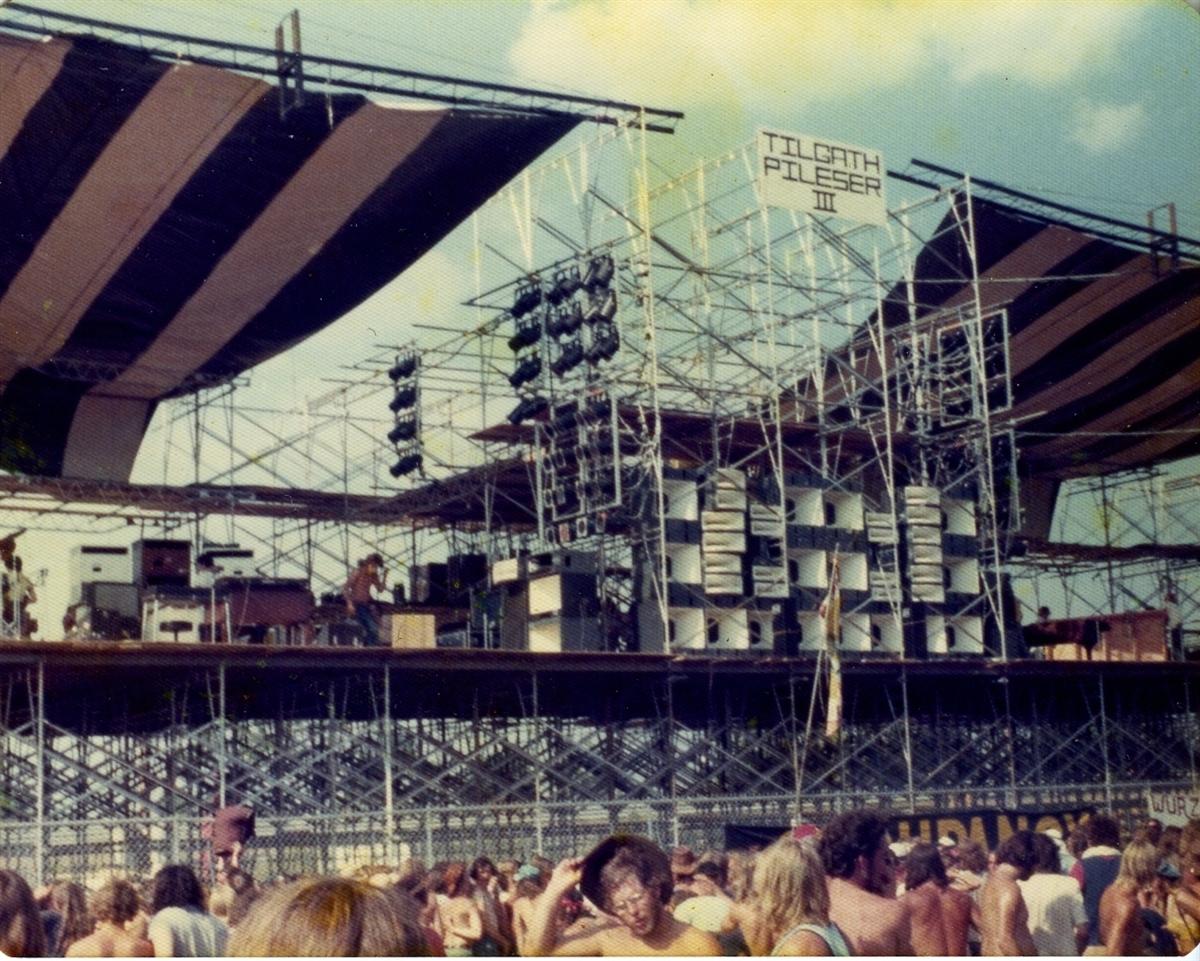 Matthew's Photos, Wikimedia Commons
Matthew's Photos, Wikimedia Commons
Schaefer Festival (1975)
Taking place at the Wollman Skating Rink in Central Park in Manhattan, the Schaefer Festival began in 1967. A key edition was in 1971 dubbed Good Vibrations from Central Park, and featured Carly Simon, Ike & Tina Turner, and what was seen as a comeback, the Beach Boys. In 1975, the festival was one of the first US performances of Bob Marley and the Wailers, with an attendance of 15,000 people (audience figures were normally 7,000).
 Eddie Mallin, CC BY 2.0, Wikimedia Commons
Eddie Mallin, CC BY 2.0, Wikimedia Commons
San Francisco Kool Jazz Festival (1976)
Jazz festivals have been around for decades, starting with the venerable Newport Jazz Festival. One of the most important of these festivals is the Kool Jazz Festival, first staged in 1976 in San Francisco. As with the tradition of jazz festivals expanding into other genres of performers, the inaugural Kool Jazz Festival featured soul artists Marvin Gaye, Smokey Robinson, and The Staple Singers in addition to jazz artists Donald Byrd and Dizzy Gillespie.
 JPRoche, CC BY-SA 4.0, Wikimedia Commons
JPRoche, CC BY-SA 4.0, Wikimedia Commons
Texxas World Music Festival (1978)
Not an actual festival of World Music, the Texxas World Music Festival was a showcase for hard rock. The first edition in 1978 took place in the Dallas, Texas Cotton Bowl with an attendance of 20,000. The line-up included Journey, Heart, Van Halen, Nugent, Aerosmith, and Sammy Hagar.
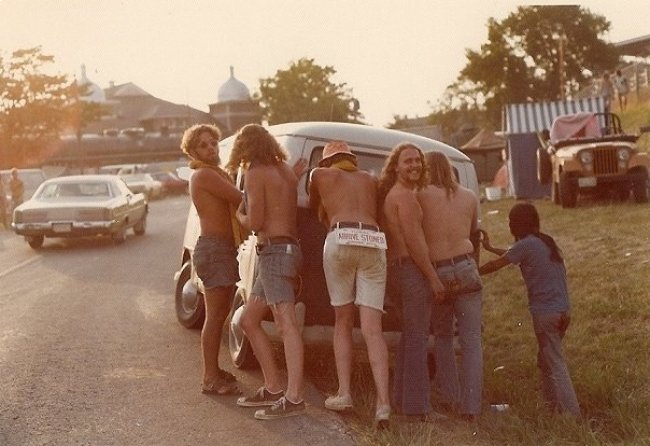 Nowheat, CC BY-SA 3.0, Wikimedia Commons
Nowheat, CC BY-SA 3.0, Wikimedia Commons
World's Greatest Funk Festival (1979)
By the late 1970s, festivals in different music forms were popping up internationally. In 1979, the World's Greatest Funk Festival was staged. It included acts such as Parliament Funkadelic, Rick James, Bootsy's Rubber Band, and The Brides of Funkenstein. Taking place at the Los Angeles Memorial Coliseum, there were around 65,000 people in attendance.
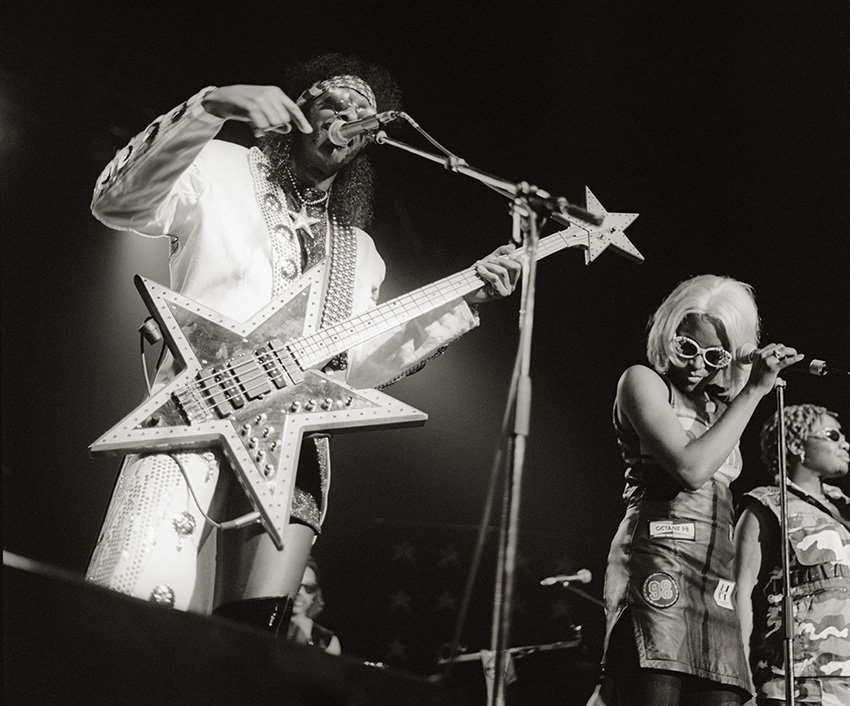 MikaV, CC BY-SA 3.0, Wikimedia Commons
MikaV, CC BY-SA 3.0, Wikimedia Commons
Heatwave (1980)
Music loosely labeled “new wave” was in vogue in the late 1970s, an offshoot of punk. Outside Toronto at Mosport Park in Bowmanville, the 1980 Heatwave festival took place. With, a crowd of 100,000 acts such as Talking Heads, The Pretenders, Elvis Costello, and the B-52s performed and although The Clash was booked and advertised as performing, the British group canceled at the last moment.
 Michael Markos, CC BY-SA 2.0, Wikimedia Commons
Michael Markos, CC BY-SA 2.0, Wikimedia Commons
US Festival (1983)
The US Festival was meant to be the Woodstock of the 1980s. Funded by Apple co-founder Steve Wozniak, the US Festival took place at the Glen Helen Regional Park, in Devore, California. There were two editions in 1982 and 1983, with the latter attracting 670,000 attendees and featuring a mix of hard rock, heavy metal, new wave and punk acts such as The Clash, Ozzy Osbourne, Van Halen and U2.
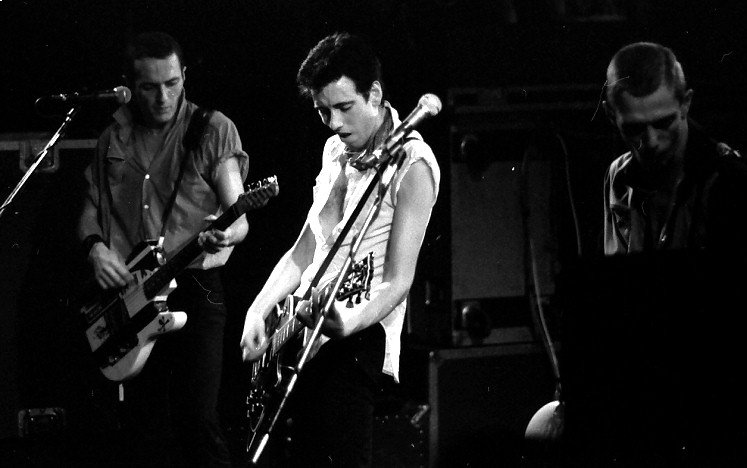 Helge Øverås, CC BY-SA 4.0, Wikimedia Commons
Helge Øverås, CC BY-SA 4.0, Wikimedia Commons
Farm Aid (1985)
Farm Aid was a festival and a benefit concert. Staged to raise money for American farmers and their families and founded by Willie Nelson, John Mellencamp and Neil Young, the line-up including Bob Dylan, Tom Petty, Loretta Lynn, and Johnny Cash performed for 80,000 people and raised over $7 million. Farm Aid became an annual event and continues to this day.
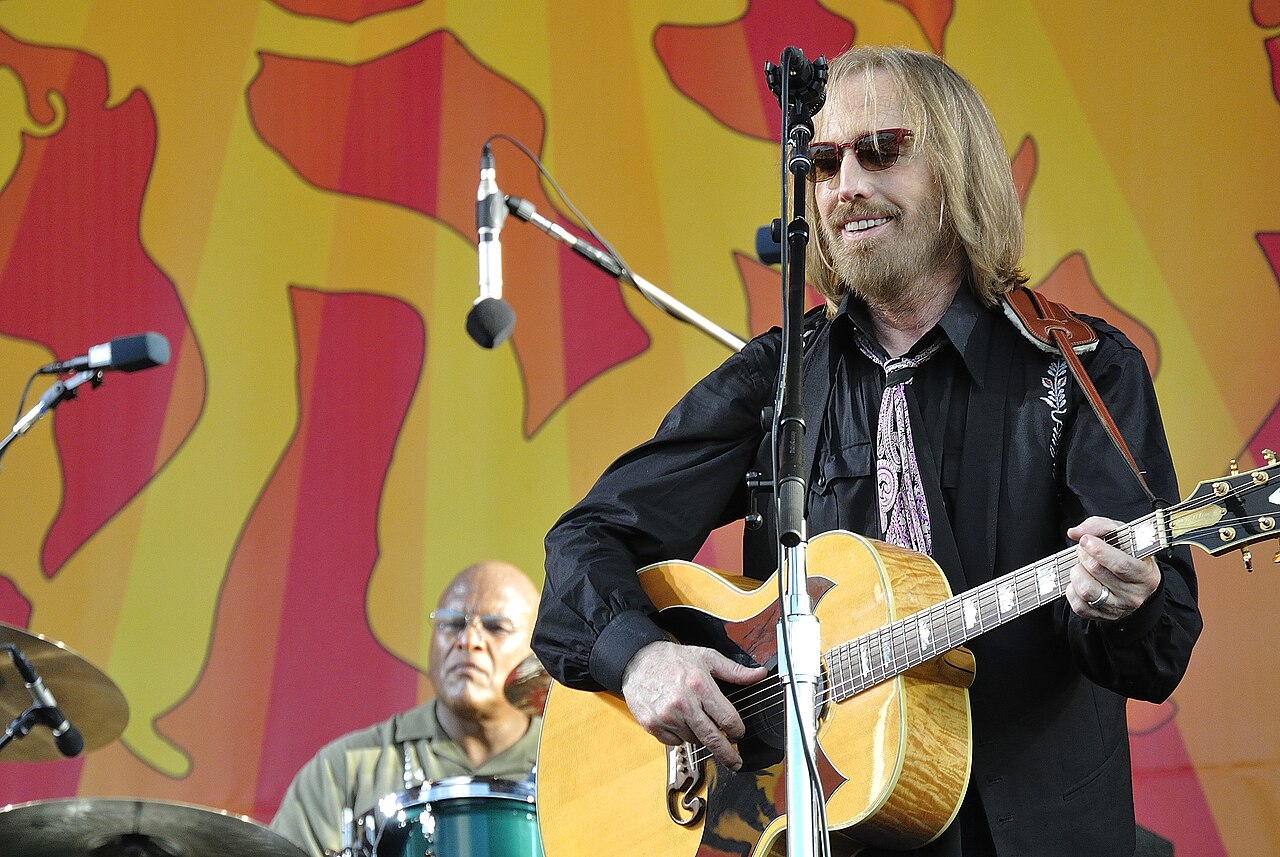 Takahiro Kyono, CC BY 2.0, Wikimedia Commons
Takahiro Kyono, CC BY 2.0, Wikimedia Commons
Rock In Rio (1985)
There were also festivals taking place outside North America and Europe. The first Rock in Rio festival attracted over 1 million people. Acts included mainstream performers such as Rod Stewart, James Taylor, and Queen, as well as hard rock and heavy metal artists such as Iron Maiden and Ozzy Osbourne.
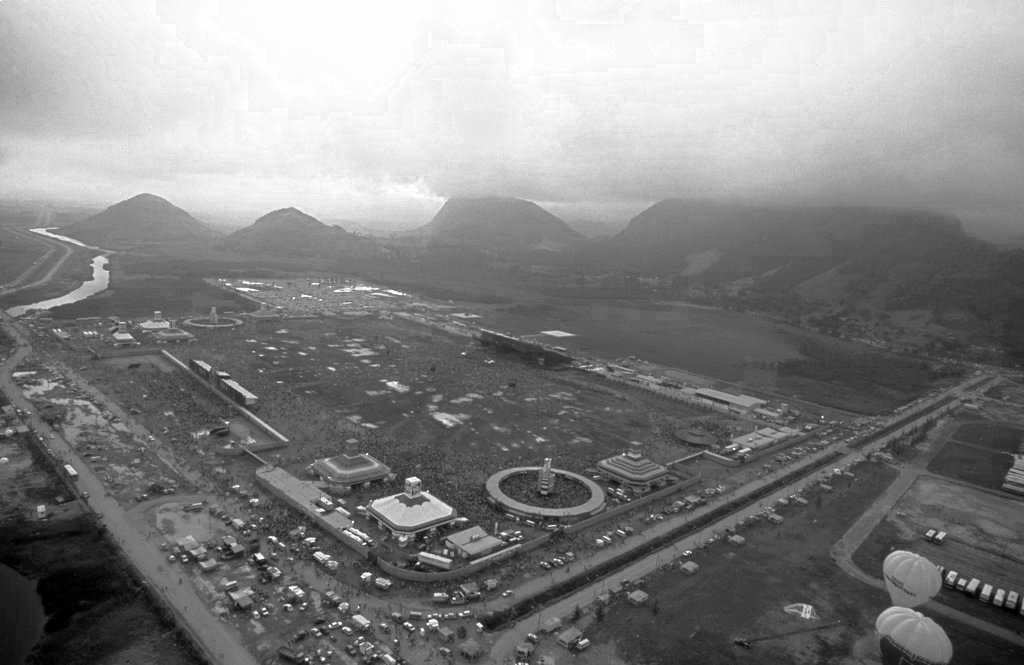 Sérgio Valle Duarte, CC BY 3.0 Wikimedia Commons
Sérgio Valle Duarte, CC BY 3.0 Wikimedia Commons
Lollapalooza (1991)
Lollapalooza was for Generation X what Woodstock was for Boomers. Starting in 1991 and initially running until 1997, Lollapalooza was a touring festival appearing across the US and Canada in the summer of 1991. The line-up focused on alternative acts such as Jane's Addiction Siouxsie and the Banshees, Living Colour, Nine Inch Nails, Rollins Band, Violent Femmes, and Fishbone, as well as rapper Ice-T and his hard rock band Body Count.
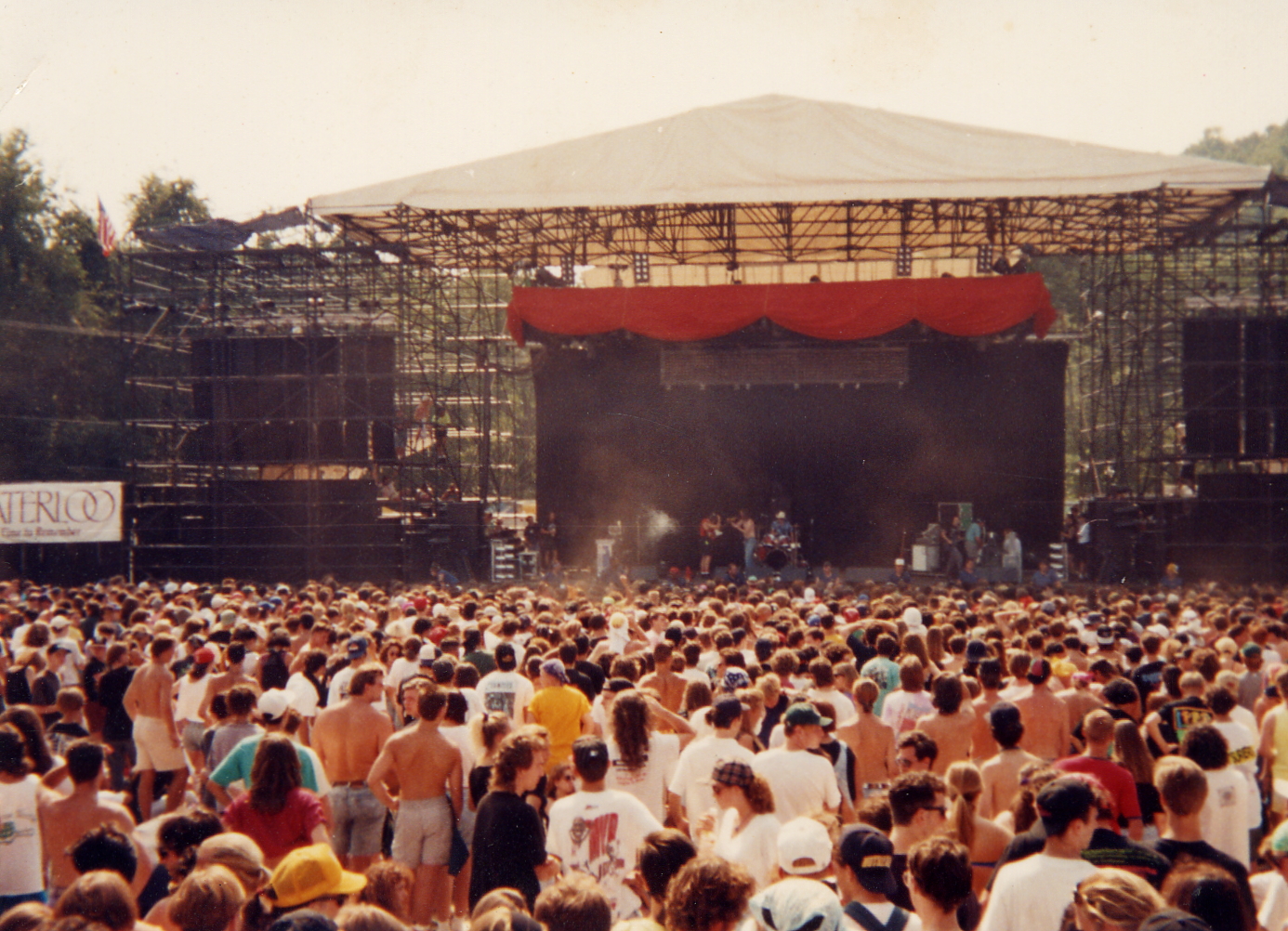 Ric Wallace, CC BY 2.0, Wikimedia Commons
Ric Wallace, CC BY 2.0, Wikimedia Commons
Reading Festival (1992)
Billed as the world’s oldest popular music festival, the Reading Festival started as the National Jazz Festival in London in the early 1960s and by the 1970s it had moved to the UK city of Reading and shifted focus to rock acts. Since then, it has been a showcase for up-and-coming artists and the 1992 edition is notable for Nirvana’s headlining set. The other headliners were Public Enemy and The Wonder Stuff, an interesting microcosm of the early 1990s music scene.
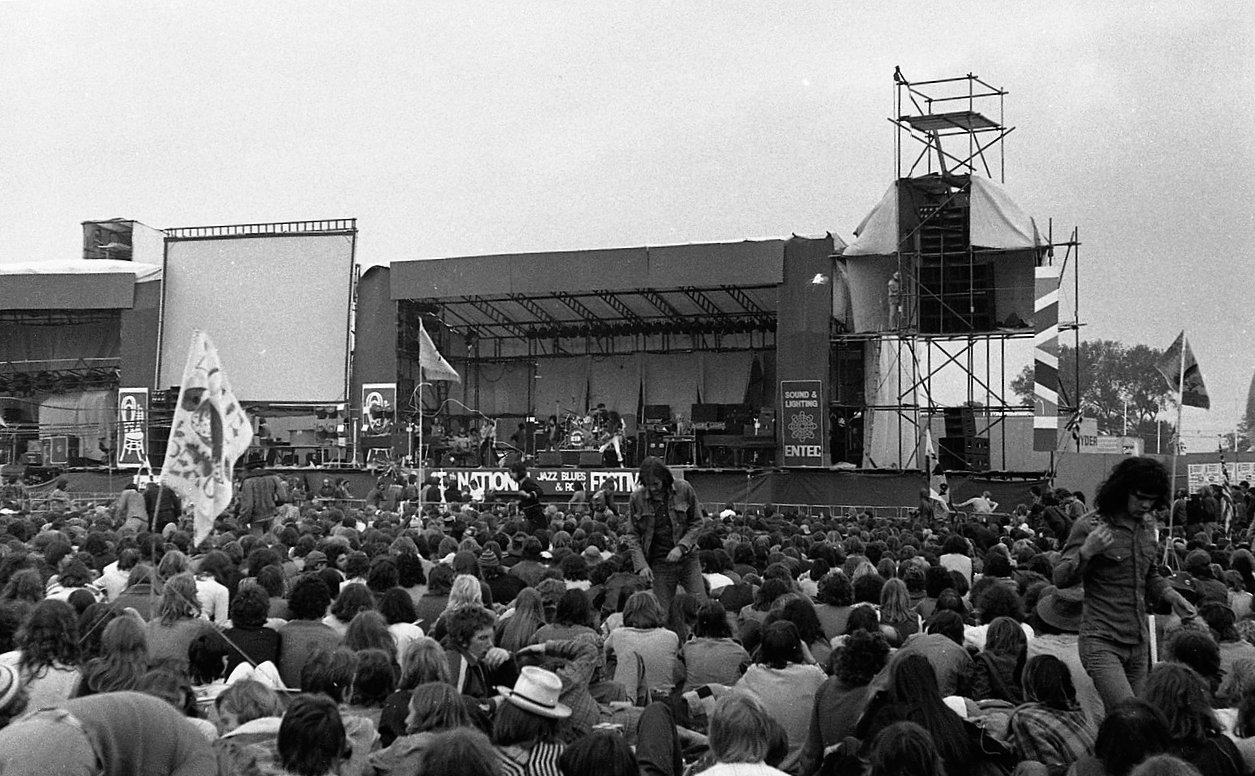 David Major, CC BY 2.0, Wikimedia Commons
David Major, CC BY 2.0, Wikimedia Commons
Woodstock ‘94 (1994)
For the 25th anniversary of Woodstock, Bob Dylan, absent from the first, headlined the 1994 Woodstock. The attendance was over 350,000 and the performers included Traffic, Aerosmith and Peter Gabriel. Returning veterans from the original Woodstock included Santana and members of Jefferson Airplane and the Grateful Dead.
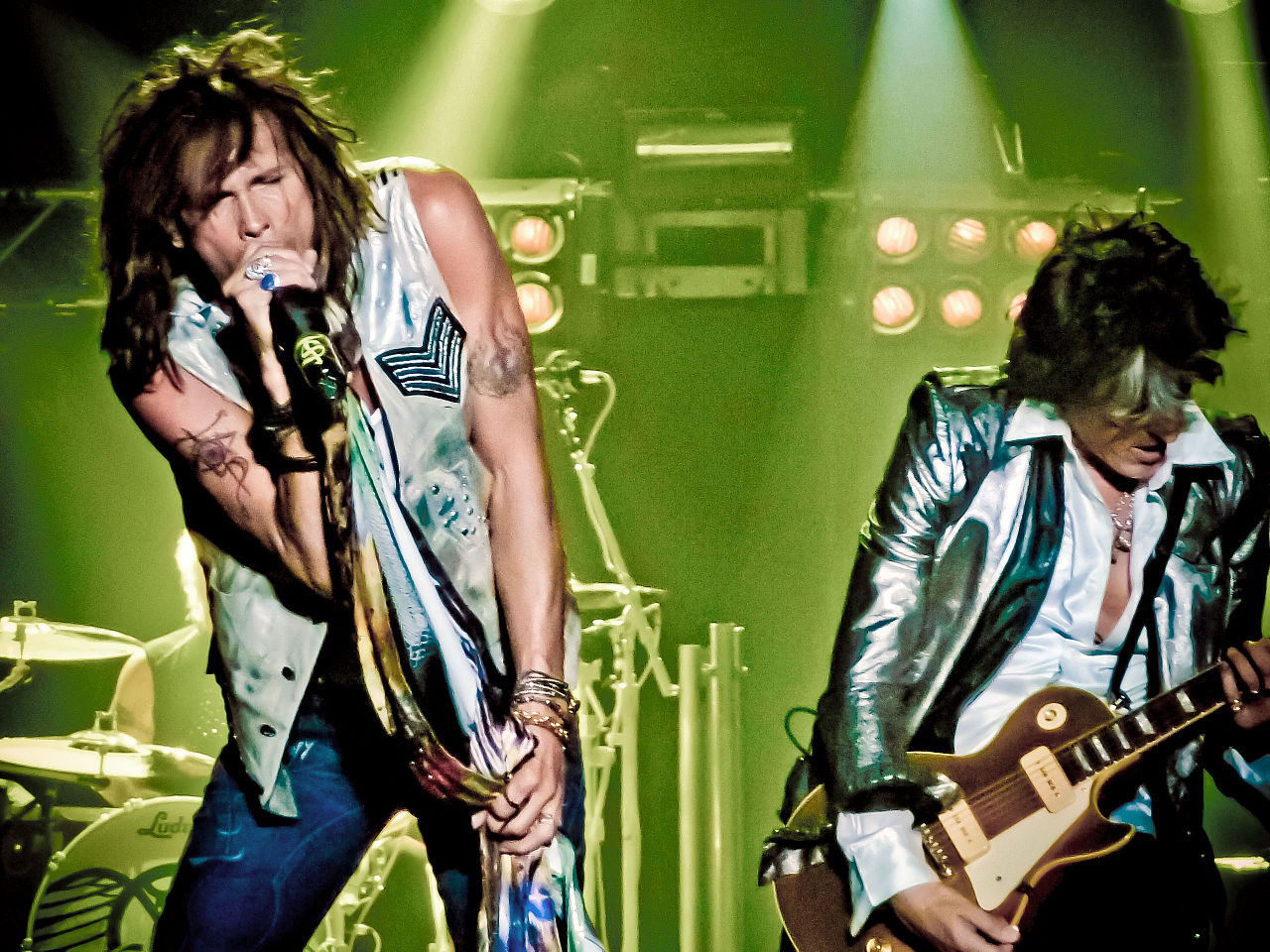 Julio Aprea, CC BY-SA 2.0, Wikimedia Commons
Julio Aprea, CC BY-SA 2.0, Wikimedia Commons
Beale Street Music Festival (1995)
Although the three-day Beale Street Music Festival in Memphis features established stars, there is also a focus on local artists as well. Held each May and commonly referred to as Memphis in May, the festival takes place at Tom Lee Park in Memphis, Tennessee with an average attendance of 100,000.
Warped Tour (1996)
The Warped Tour was a summer festival that toured in the summer of 1996. It was sponsored by the shoe brand Vans and the focus was on skater culture and punk subgenres such as pop punk and skater punk. The performers included Deftones, Pennywise, Rocket from the Crypt, and Blink-182 and the Warped Tour was an annual tour until 2019.
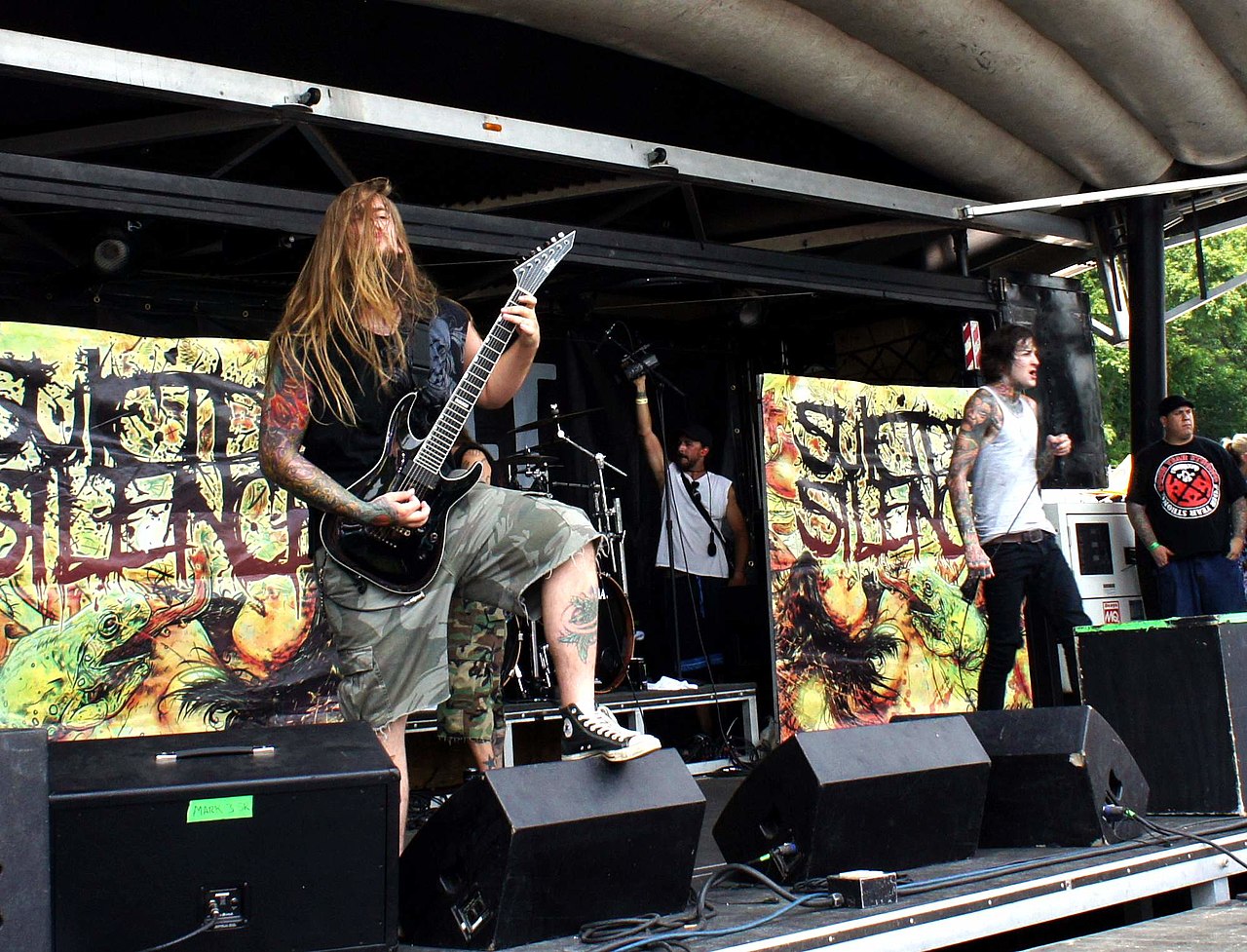 Ted Van Pelt, CC BY 2.0, Wikimedia Commons
Ted Van Pelt, CC BY 2.0, Wikimedia Commons
Bridge School Benefit (1997)
A charity festival, the Bridge School Benefit was organized by Neil Young for The Bridge School, an organization for children with severe speech and physical impairments. The festival is an annual event at the Shoreline Amphitheatre in Mountain View, California that provides the primary funding for The Bridge School and the music is focused on acoustic and unplugged sets. The 1997 line-up included Alanis Morissette, Dave Matthews Band, and Metallica.
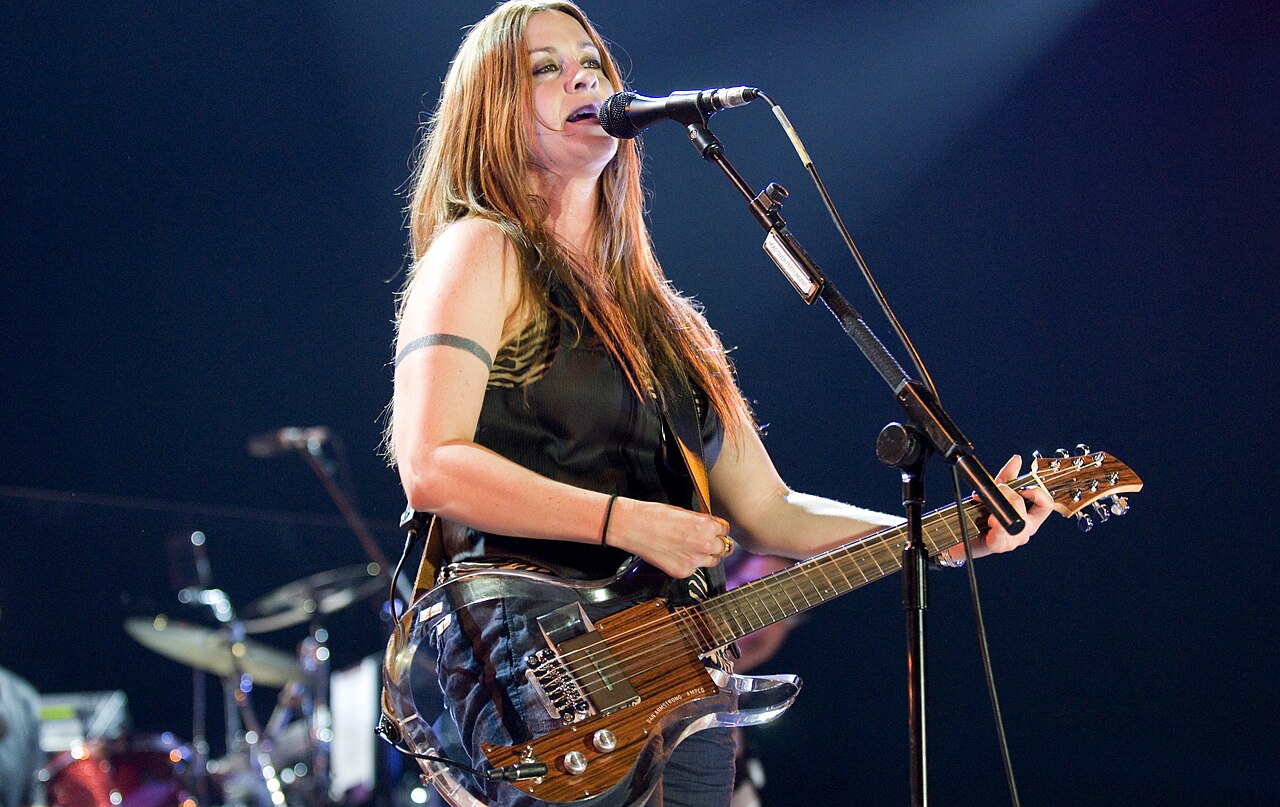 livepict.com, CC BY-SA 3.0, Wikimedia Commons
livepict.com, CC BY-SA 3.0, Wikimedia Commons
Tibetan Freedom Concert (1998)
Another benefit festival, the 1996 Tibetan Freedom Concert was organized by the Beastie Boys in honor of the Milarepa Fund, which raises money for efforts to end China's occupation of Tibet. Along with the Beastie Boys, performers included Red Hot Chili Peppers, Björk, Smashing Pumpkins, Rage Against the Machine, A Tribe Called Quest, De La Soul, Buddy Guy and John Lee Hooker. The Tibetan Freedom Concert continues as a series of events at different locations each year.
Coachella (1999)
Coachella has become something of a brand, with certain fashions and styles associated with it. First launched in 1999, the inaugural event featured Beck, Rage Against The Machine, and Tool but was poorly attended and the 2000 edition was canceled. In 2001, it was revived, and the annual festival has become a key event in music, celebrity culture, and fashion.
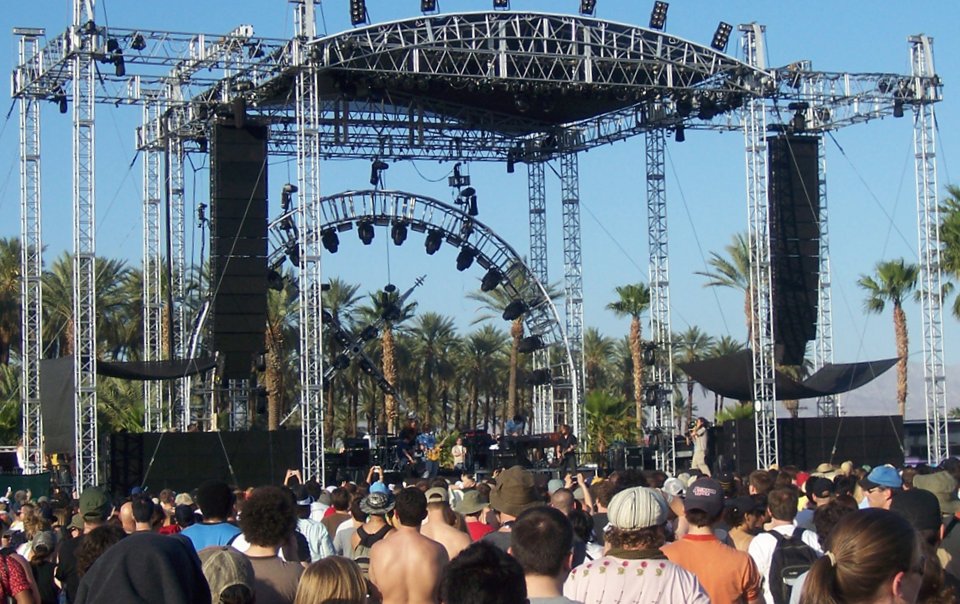 Tammy Lo, CC BY 2.0, Wikimedia Commons
Tammy Lo, CC BY 2.0, Wikimedia Commons
Glastonbury (2000)
Glastonbury, along with Reading, remains a crucial venue for upcoming and established artists in the UK. Although infamous for attendees sleeping rough in the poor British weather, Glastonbury is one of the most important festivals in the world. The 2000 edition included The Chemical Brothers, Moby, Travis, and David Bowie. Bowie’s career, of course, was partially launched in the 1971 edition.
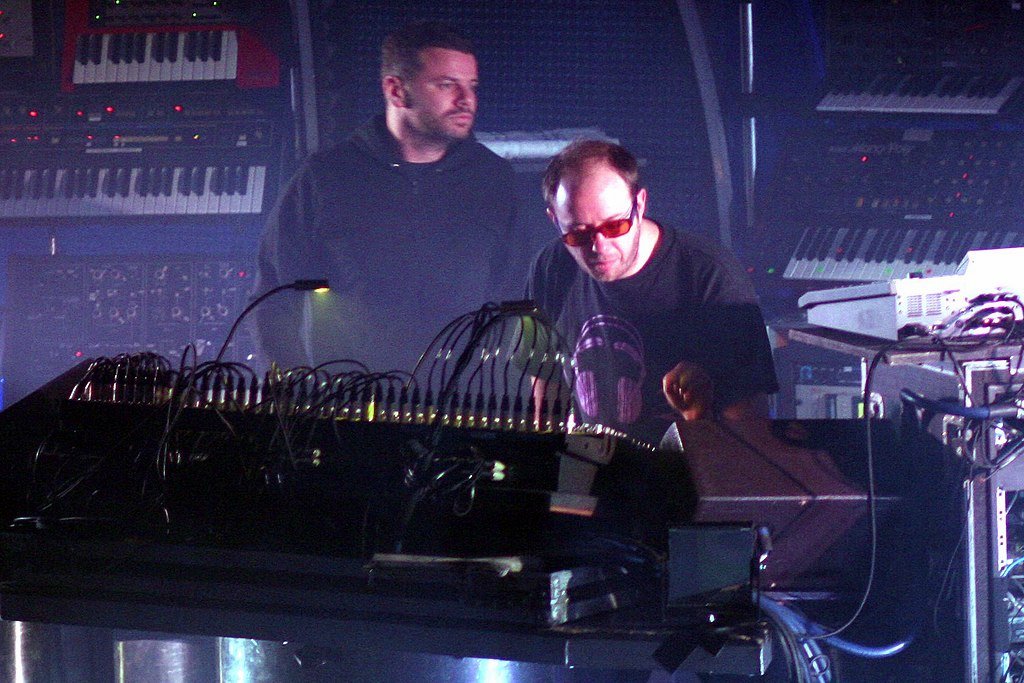 Alterna2, CC BY 2.0, Wikimedia Commons
Alterna2, CC BY 2.0, Wikimedia Commons
Detroit Electronic Music Festival (2000)
Pushing the boundaries of genres in music festivals, electronic music also has a place in the festival circuit. In 2000 the first Detroit Electronic Music Festival took place. Detroit is known as the birthplace of electronic music and over 1 million people attended that first year. Some of the artists performing included Stacey Pullen, Kevin Saunderson, and Derrick May.
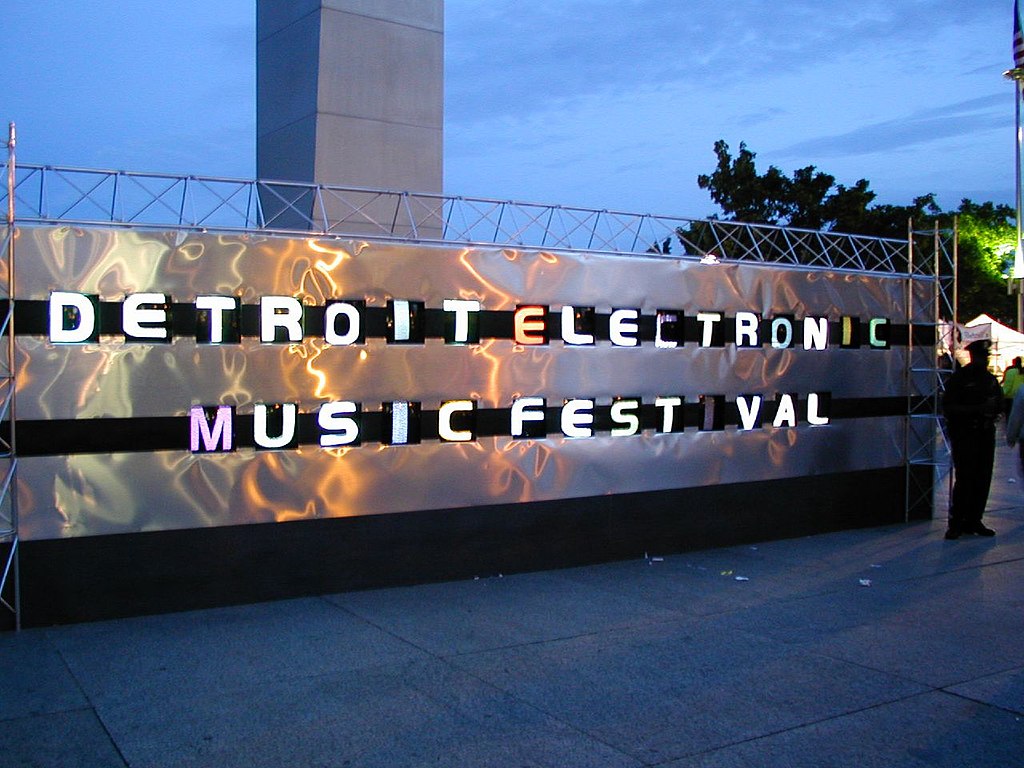 emperley3, CC BY-SA 2.0, Wikimedia Commons
emperley3, CC BY-SA 2.0, Wikimedia Commons
Summer Jam (2001)
Hip hop as part of the festival circuit had been going strong since the late 1980s. Organized by Jay-Z, Summer Jam in 2001 was notable for performances by Destiny's Child, Eve, Ja Rule, Jadakiss, Ludacris, Outkast, and Nelly. Jay-Z debuted his track “Takeover” which concluded with an unannounced appearance by Michael Jackson.
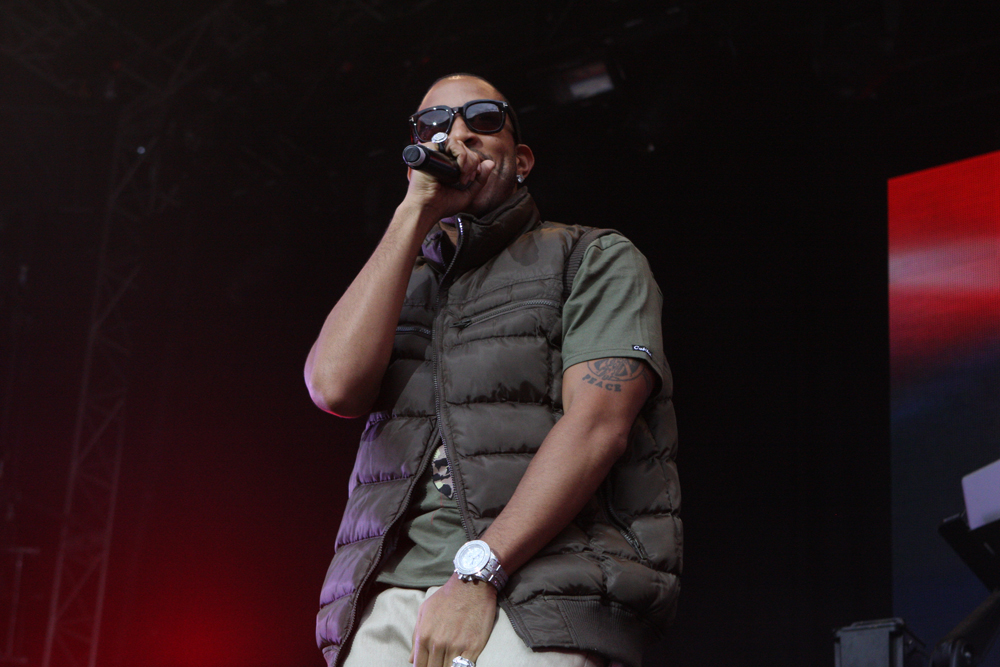 Eva Rinaldi, CC BY-SA 2.0, Wikimedia Commons
Eva Rinaldi, CC BY-SA 2.0, Wikimedia Commons
Austin City Limits (2002)
Austin City Limits is a long-running PBS television series focusing on country music and genres of country such as Americana, roots rock, and alternative country. The Austin City Limits Music Festival debuted in 2002 featuring a line-up of country and bluegrass artists as well as artists such as Ryan Adams, Cross Canadian Ragweed, G Love and Special Sauce. Since then, The Austin City Limits Music Festival has expanded its genres to include diverse acts such as Metallica, Depeche Mode, The Cure, Arctic Monkeys, Guns N' Roses, Arcade Fire, Radiohead, Nick Cave and the Bad Seeds, Foo Fighters, and Paul McCartney.
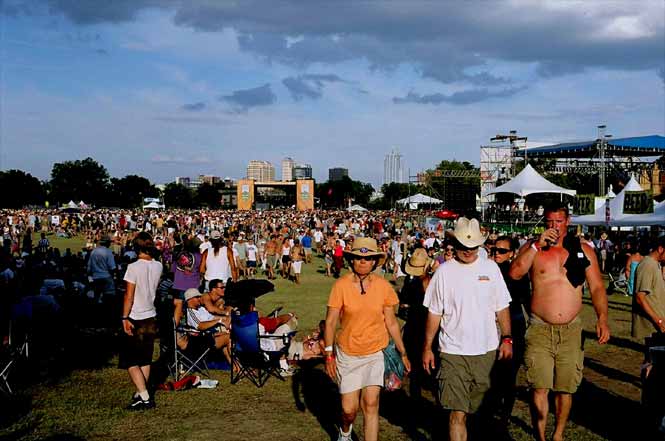 Steve Hopson, CC BY 2.5, Wikimedia Commons
Steve Hopson, CC BY 2.5, Wikimedia Commons
Bonnaroo (2002)
Starting with the 2002 Bonnaroo Concert in Manchester, Tennessee, Bonnaroo has grown into an annual festival. Initially drawing a crowd of 70,000, the artists included Widespread Panic, Jack Johnson, Ben Harper, and The Disco Biscuits. Bonnaroo is particularly notable for its diversity, including styles such as world music, hip hop, jazz, Americana, bluegrass, folk, gospel, reggae, and electronic.
Sasquatch! (2002)
Starting in 2002, Sasquatch! took place at The Gorge Amphitheater in George, Washington and featured a wide range of artists, including Blackalicious, Galactic, Ben Harper, and Jack Johnson in the first edition. By 2012, there were five stages and now included comedy and electronic music in addition to alternative rock and hip hop. The festival ended in 2019.
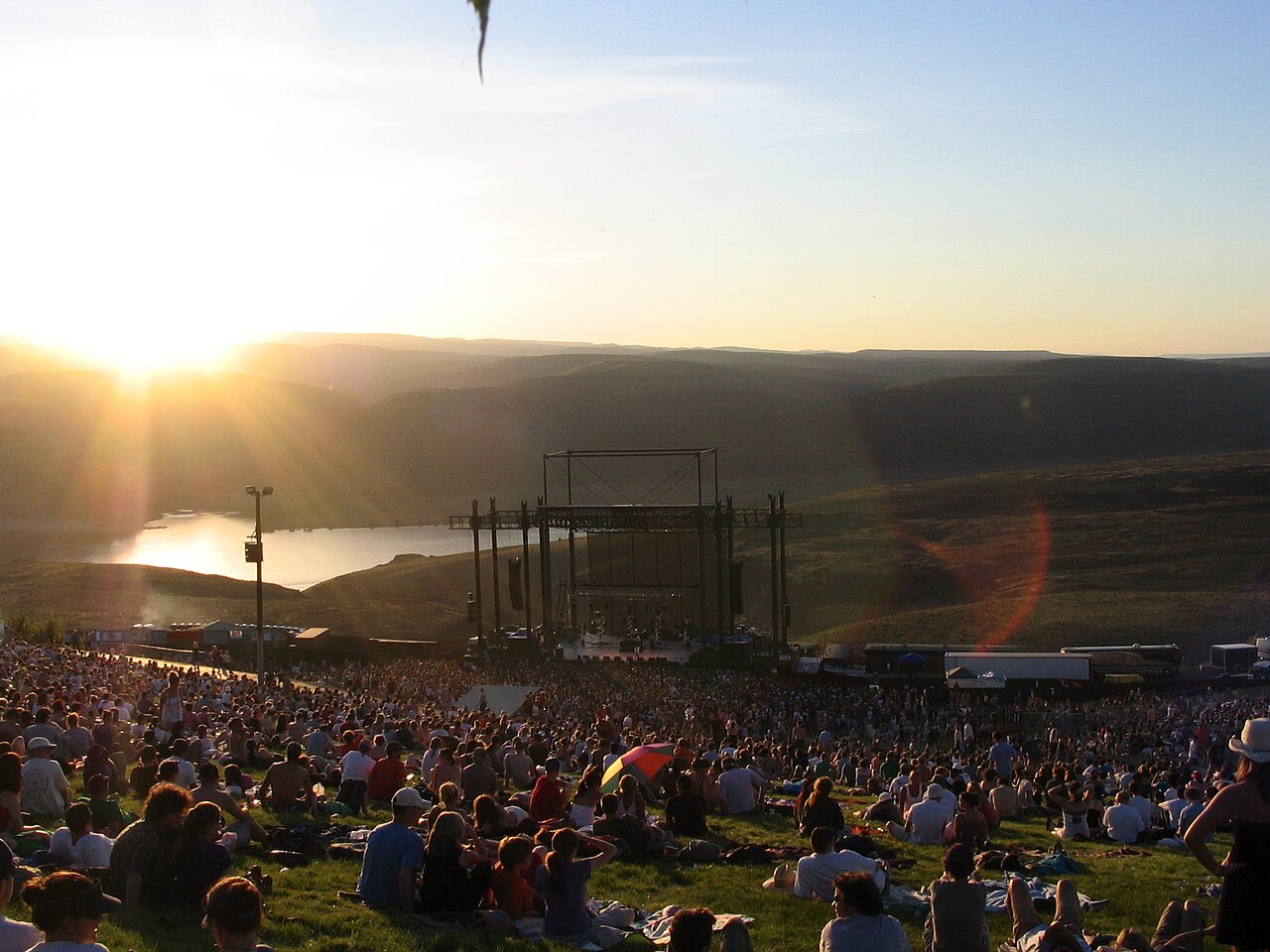 Elijah van der Giessen, CC BY 2.0, Wikimedia Commons
Elijah van der Giessen, CC BY 2.0, Wikimedia Commons
Coachella (2004)
By 2004, Coachella was a big event and was a place to be seen for the young and fashionable. The headliners for the festival for that year were Radiohead and The Cure and it was the first time the festival sold out. Interestingly, festival co-founder Paul Tollett turned down an opportunity to extend the festival into three days with David Bowie as the closing act.
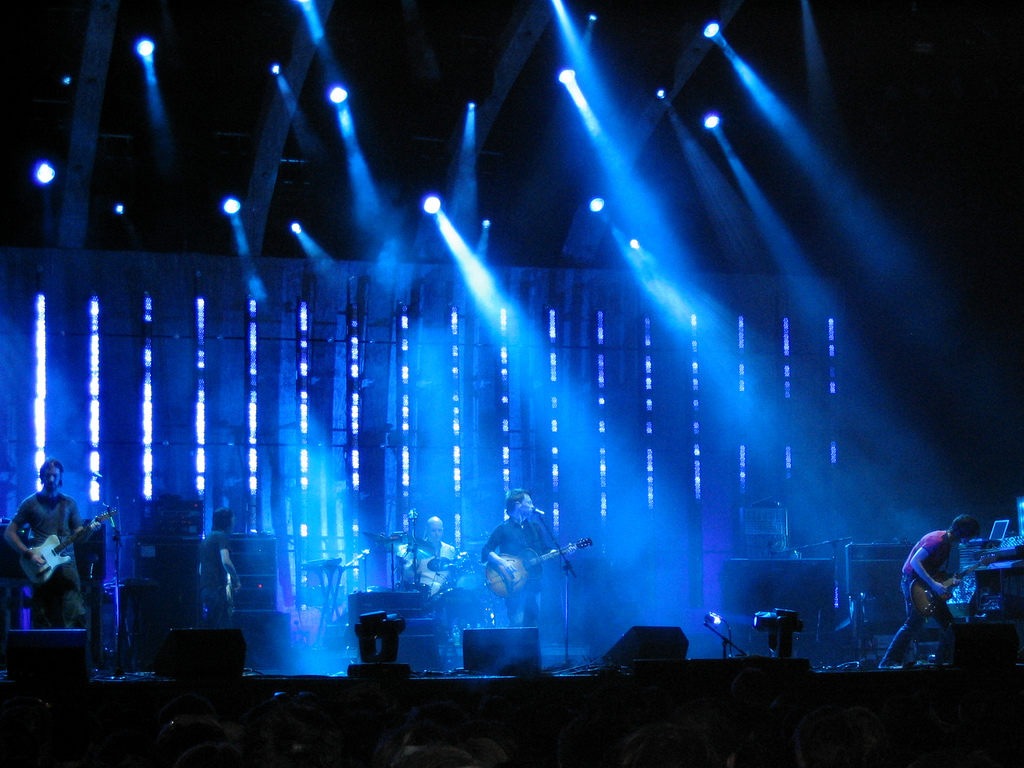 g_leon_h, CC BY-SA 2.0, Wikimedia Commons
g_leon_h, CC BY-SA 2.0, Wikimedia Commons
Dave Chappelle's Block Party (2004)
In 1972, there was a crucial benefit concert and festival called Wattstax, organized by Stax Records to commemorate the seventh anniversary of the 1965 riots in the African American community of Watts, Los Angeles. Comedian Dave Chappelle was inspired by Wattstax and put together a festival featuring The Roots, Erykah Badu, and Kanye West.
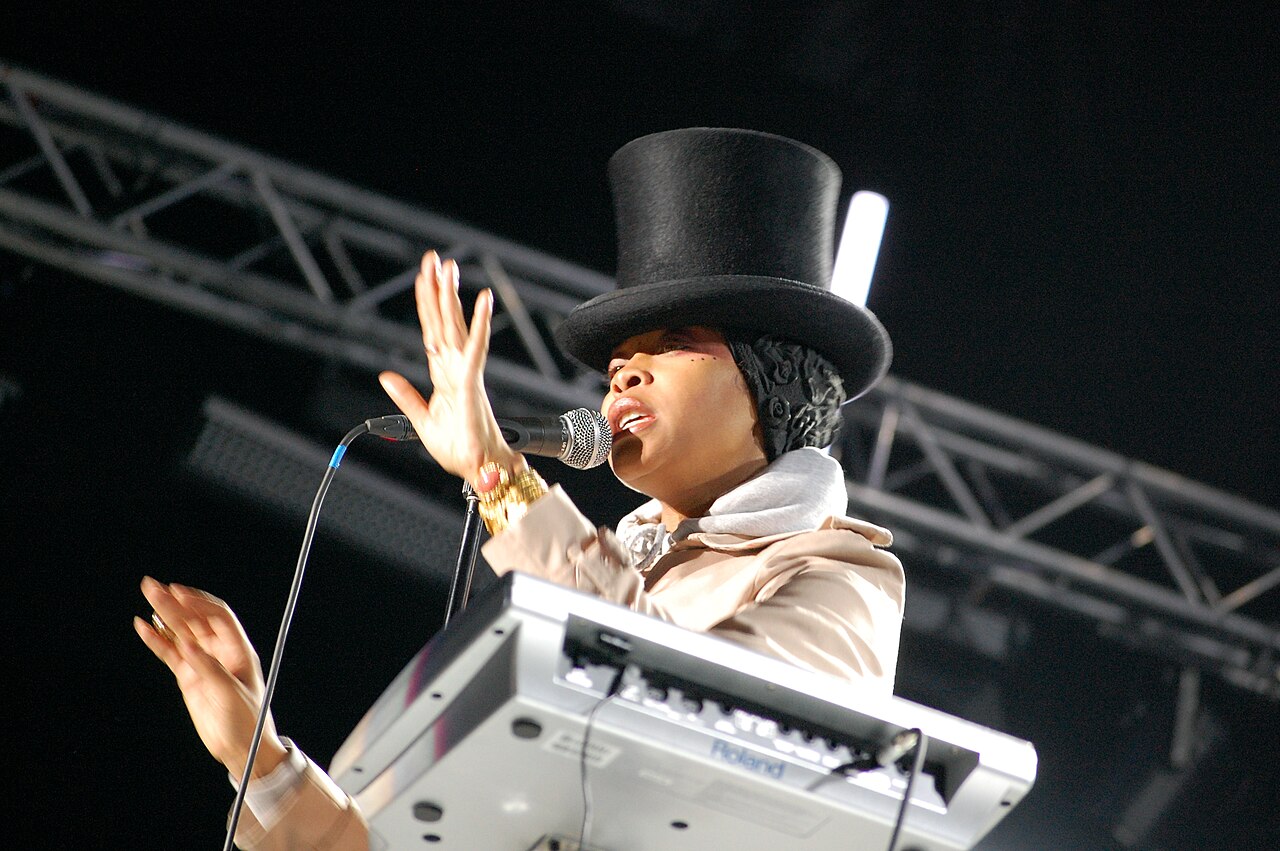 Patrik Hamberg, CC BY-SA 2.0, Wikimedia Commons
Patrik Hamberg, CC BY-SA 2.0, Wikimedia Commons
Woodstock ‘99 (1999)
The 25th anniversary was well-attended but somewhat low-key and mostly forgotten. For the 30th anniversary, organizers hoped to expand the roster to include key 1990s alternative artists as well as big names such as James Brown, Kid Rock, and Sheryl Crow. Poorly organized, Woodstock 1999 became infamous for its lack of amenities, including water, and worse, for it falling apart into rioting, arson and assaults. The full depth of the chaos was covered in the Netflix documentary, Trainwreck: Woodstock '99.

